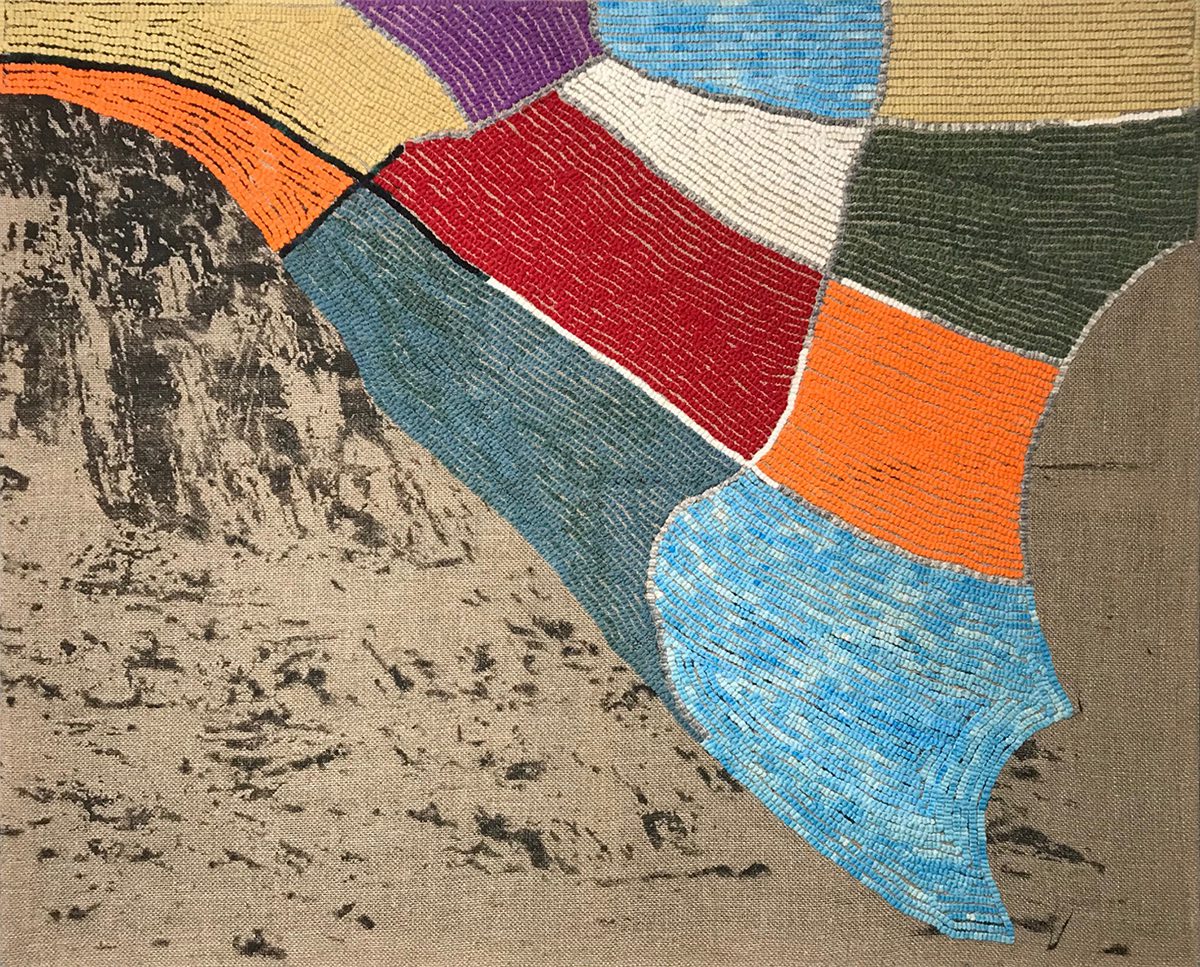
Nets 5 – Pumbley Cove (2019), Shezad Dawood, acrylic and wool on linen, 80 x 100 cm. Courtesy of the artist and Timothy Taylor, London.
British artist Shezad Dawood’s interdisciplinary practice explores themes around climate change, migration, the history of aesthetics and the nature of storytelling. Here, Nick Hackworth speaks to the artist about his new virtual reality environment, collaborating with scientists, and the social impact of art
LUX: Let’s start with your latest VR work, The Terrarium, the trailer of which is shown below. Can you tell us about the work? What would we see in the ‘real’ VR work?
Shezad Dawood: The Terrarium imagines what the Earth might look like in 300 years: with a drastically reduced land mass, and an even greater majority of the Earth underwater. You, the viewer, are one of a number of marine-human hybrid species.
Follow LUX on Instagram: luxthemagazine
I worked with evolutionary geneticists and marine biologists to map out the species that might inhabit the Baltic sea at that point (bear in mind that the Baltic Sea is projected to extend into the English coast by then with Sweden and Denmark underwater). So the work is really about taking the audience into this possible future world, and giving them a great 3D experience of it.
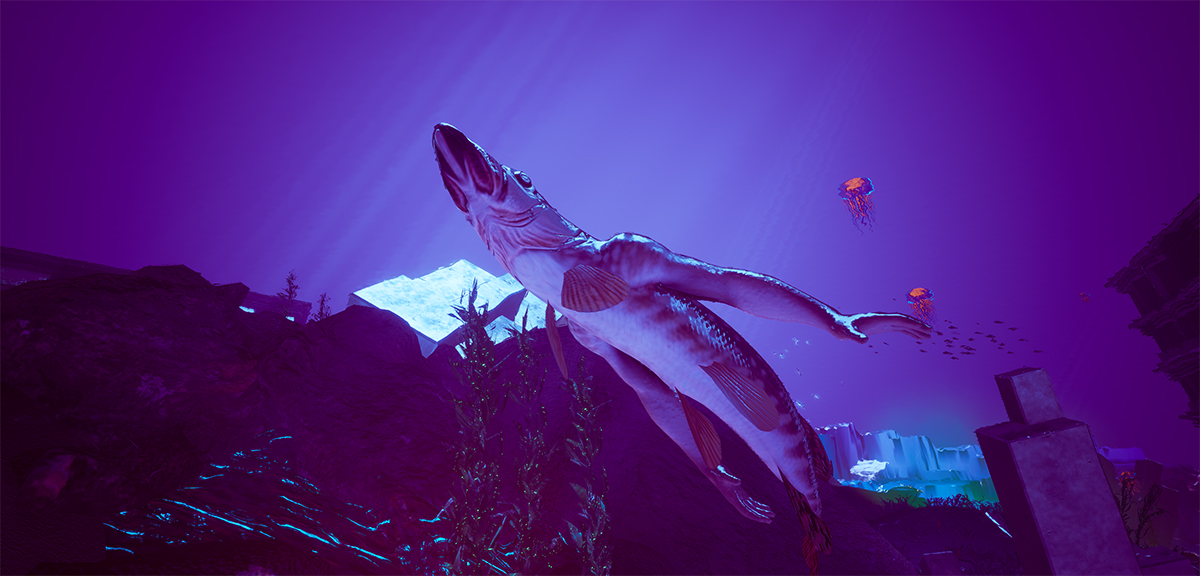
A still from The Terrarium, 2020, virtual reality environment, duration variable. Courtesy of UBIK Productions.
In a reference to contemporary overfishing, you get caught by space pirates who transport you off-world where two possible fates await you, and you can activate either, based on your own choices.
The trailer hints at these narrative possibilities and gives you a glimmer of the expansive universe we’ve created in the full VR experience, where you can experience everything from close encounters with genetically-altered species to outer-space banquets!
View the trailer for ‘The Terrarium’ by Shezad Dawood:
LUX: What excites you about VR as a medium and what’s your ‘fantasy’ VR work?
Shezad Dawood: With VR you can do things that you simply can’t do in other media. I’ve always wanted to lead people into parallel universes, and make [those universes] as real and immersive as possible. Simply put, it offers a whole new way of telling stories, with the viewer at the centre, and a totally different level of agency.
From the point of view of a maker, it allows you a level of detail and spatial possibility that I’ve always strived for in my films. VR gives you the ability to go back in and add sound in the corner of a room, and then create an interactive moment at a high point of tension – the complex narrative possibilities are endless! And the ability to play with gravity, with reality itself is fascinating.
Read more: Arts patron Katrina Aleksa Ryemill on empowering women in the arts
My dream VR artwork is to really take the whole concept of an immersive experience further, and have a ‘real-world’ installation that is like a dreamscape, that prepares you like an antechamber to the VR itself, but one that is operatic in scale. And, of course, a VR experience that incorporates world-building and characters with a whole new level of detail, intensity and interaction. The holy grail of everyone working in VR right now is to pull off a truly meaningful way to have multiple players collaborate and work together in a VR experience.

Leviathan Cycle, Episode 6: Ding Ling & Senait (2020) HD video, 18’46”. Courtesy of the artist and UBIK Productions.
LUX: A lot of your recent work is informed by serious concerns about the damage that we humans are inflicting on marine ecologies across the planet. Can you tell us why this means so much to you? And what can art ‘do’ to make difference to these overwhelming problems?
Shezad Dawood: One of the biggest environmental car crashes we’re blindly walking towards is the destruction of marine ecosystems. Perhaps because a large percentage of these interconnected systems remain largely unseen by human eyes, we forget that roughly 71% of the Earth’s surface is covered by water, and that the oceans hold about 96.5% of the Earth’s water. Never mind more critical intersections, such as the function of coral reefs as a semi-permeable membrane against tidal events and shoreline erosion.
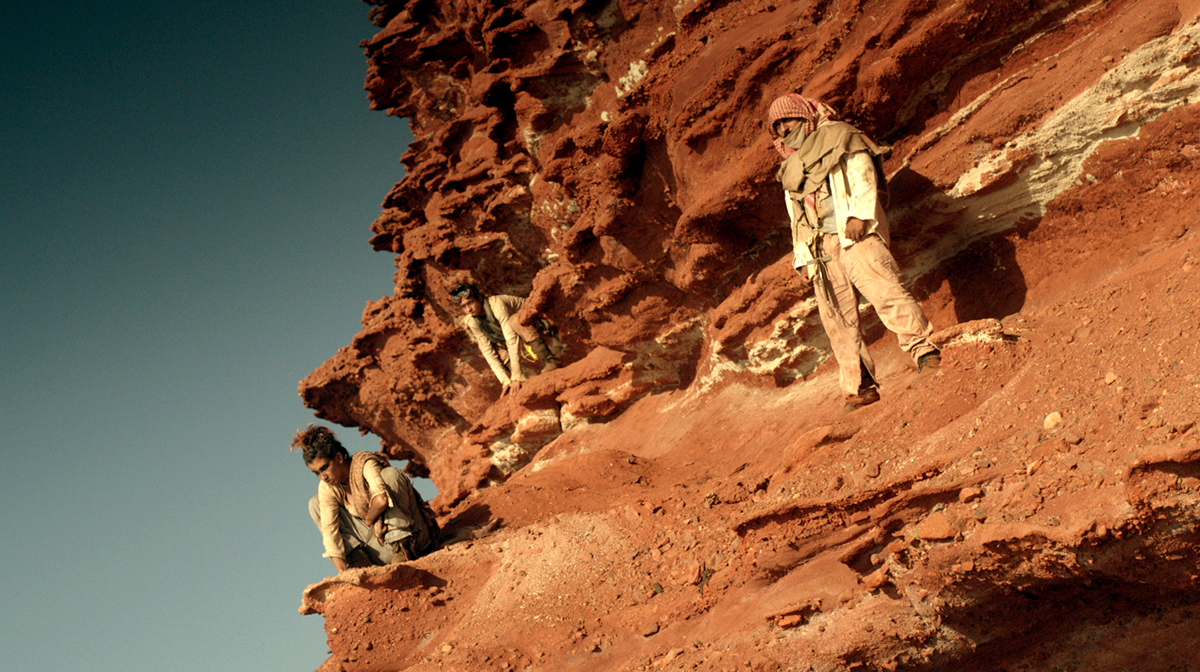
Towards The Possible Film (2014) HD and Super 16mm transferred to HD, 20 mins
Commissioned by Film and Video Umbrella and Delfina Foundation.
It is these delicate checks and balances that are both naturally occurring, and that can be aided by considered human research and interaction, that have really motivated me to keep researching in this space. And yes, art can totally play a role, in helping tell stories and give audiences an insight into some of these otherwise invisible narratives. I think the potential for research and collaboration between the arts and sciences is just in its infancy, and there is a way to think about creating new ways of telling that empower and inspire audiences without being patronising.
Read more: How luxury knitwear brand Aessai is supporting South American craftsmanship
I set up my own non-profit project Leviathan in 2017 to further develop a relationship with ideas of oceans and ecology. We stage public events at each physical exhibition venue the project is presented at, bringing scientists to arts audiences and vice versa. There’s a growing repertoire of accessible short texts and video lectures that are available for free streaming and download, that present cutting-edge research in digestible form. It’s been really exciting to have someone who attended a physical event in Seoul then follow up via a virtual talk that took place in Munich!
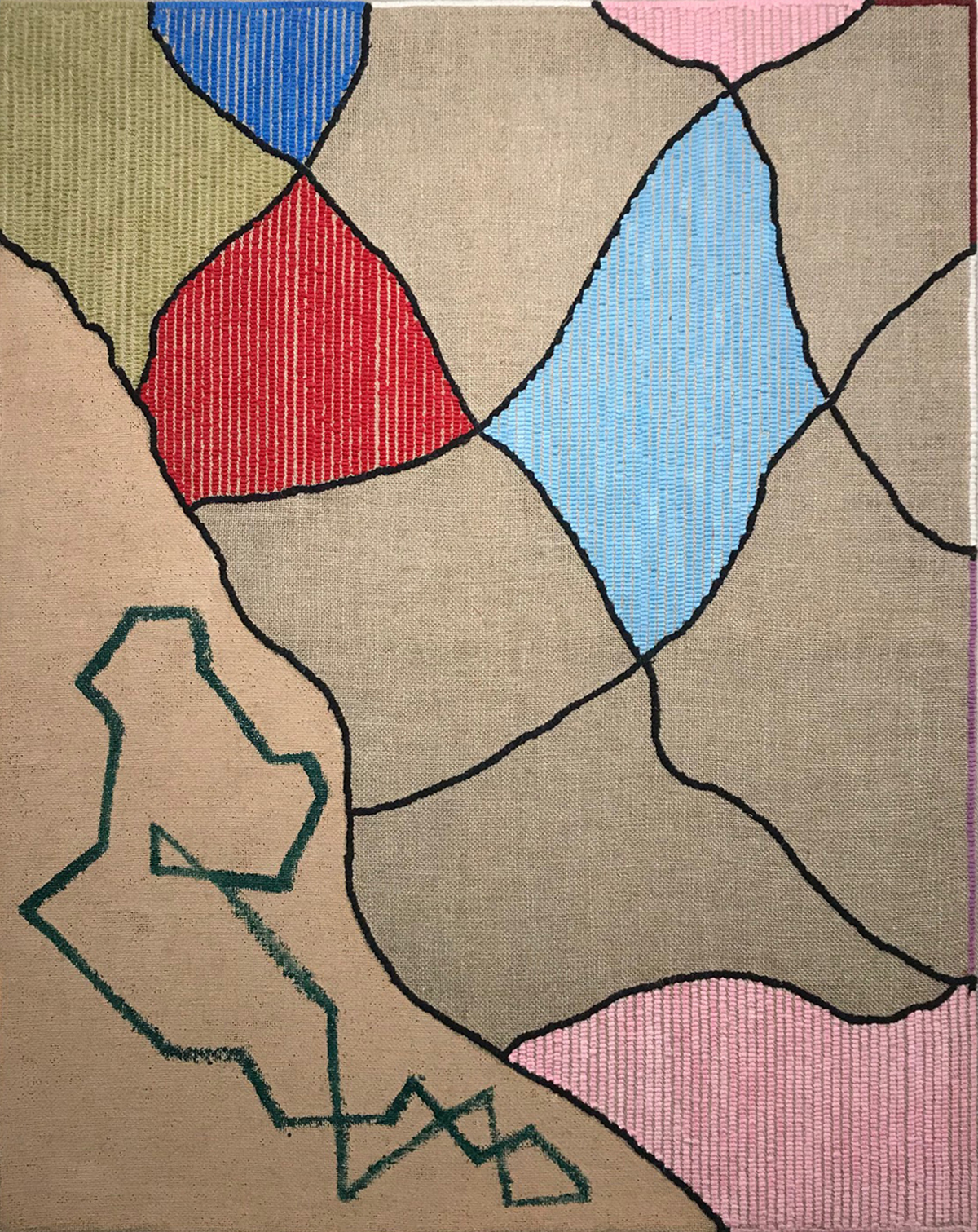
Nets 2 – Etheridge’s Point Trail (2019), Shezad Dawood, oil acrylic and wool on linen, 100 x 80 cm. Courtesy of the artist and Timothy Taylor, London.
LUX: Can you tell us about the paintings on show in your current, online exhibition, Nets at Timothy Taylor Gallery? And how about how your residency on Fogo Island informed the works?
Shezad Dawood: The Nets works at Timothy Taylor are about boundaries and thresholds — between land and sea, sea and sky, and also between figuration and abstraction. I see the works as invitations to viewers to pause, stop and understand the spiritual epiphany of being and how pattern imposes itself on the world and on us… a complex and complete ecology if you will.
The works were made during an incredible residency on Fogo Island, which is a beautiful rugged island off the coast of Newfoundland, deeply connected to the fortunes of the cod trade. Its home to the famous Fogo Island Inn an amazing, sustainable and community-run luxury hotel on the shore of the Atlantic. Through the residency I was privileged to meet and work with a number of skilled and generous craftspeople on the island including Lillian Dwyer, Sheila Payne and Margaret Freake who brought their local techniques of rug hooking, flocking and crochet to bear on these works. Both conceptually and materially the Nets works embody the spirit and unique geography of the island.
‘Nets’ by Shezad Dawood runs until 12 December 2020 in Timothy Taylor Gallery’s online viewing room: timothytaylor.com/viewing-rooms/shezad-dawood-nets
Nick Hackworth is a writer and curator of Modern Forms, an art collection and curatorial platform founded by Hussam Otaibi, Managing Partner at Floreat Group.

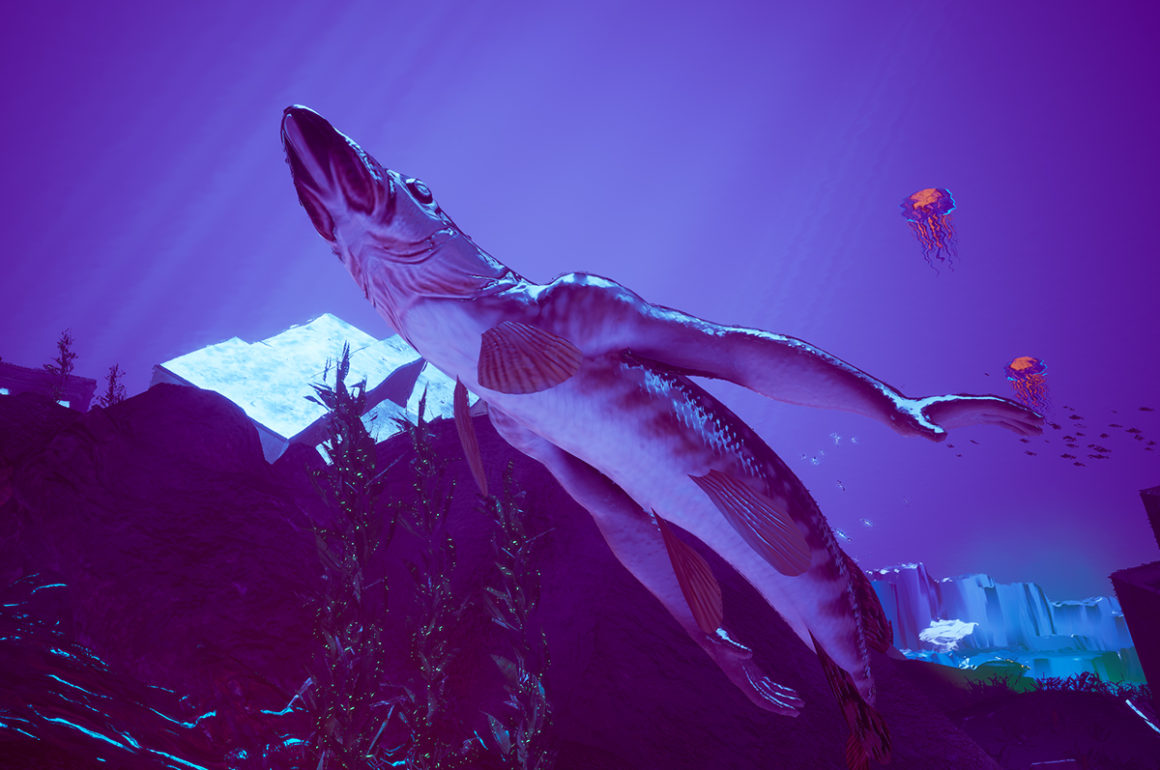
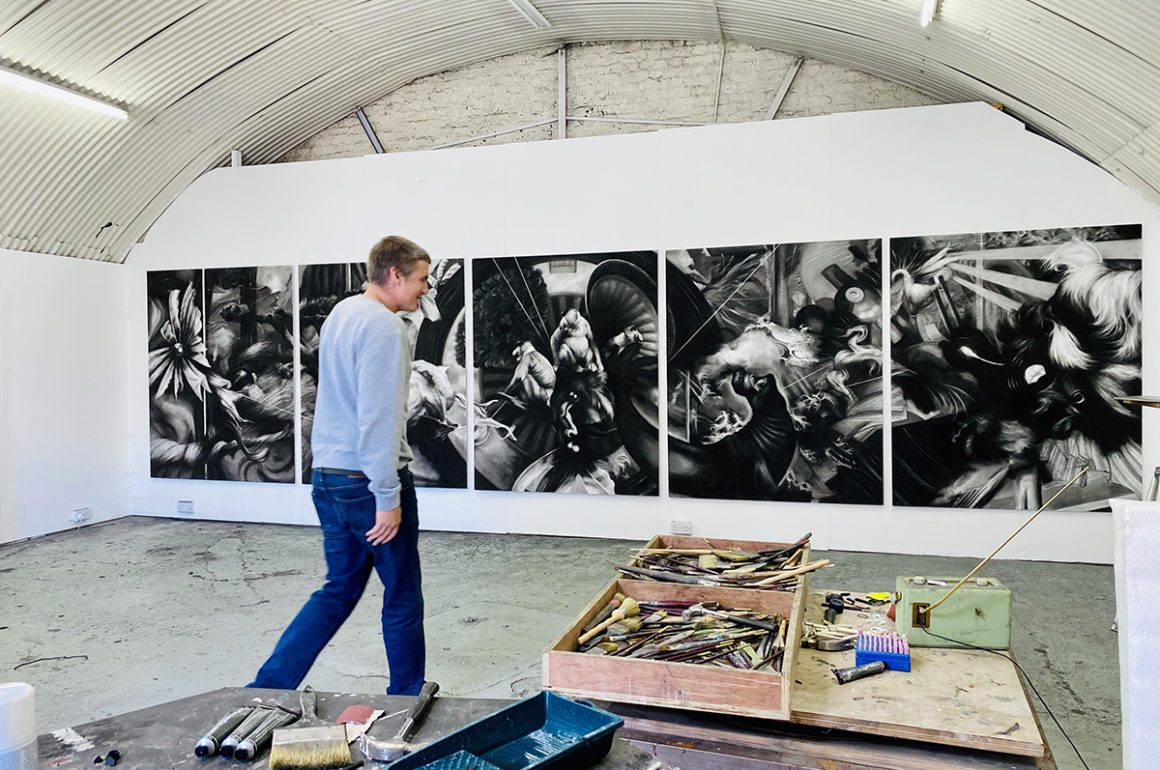

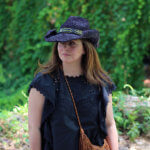





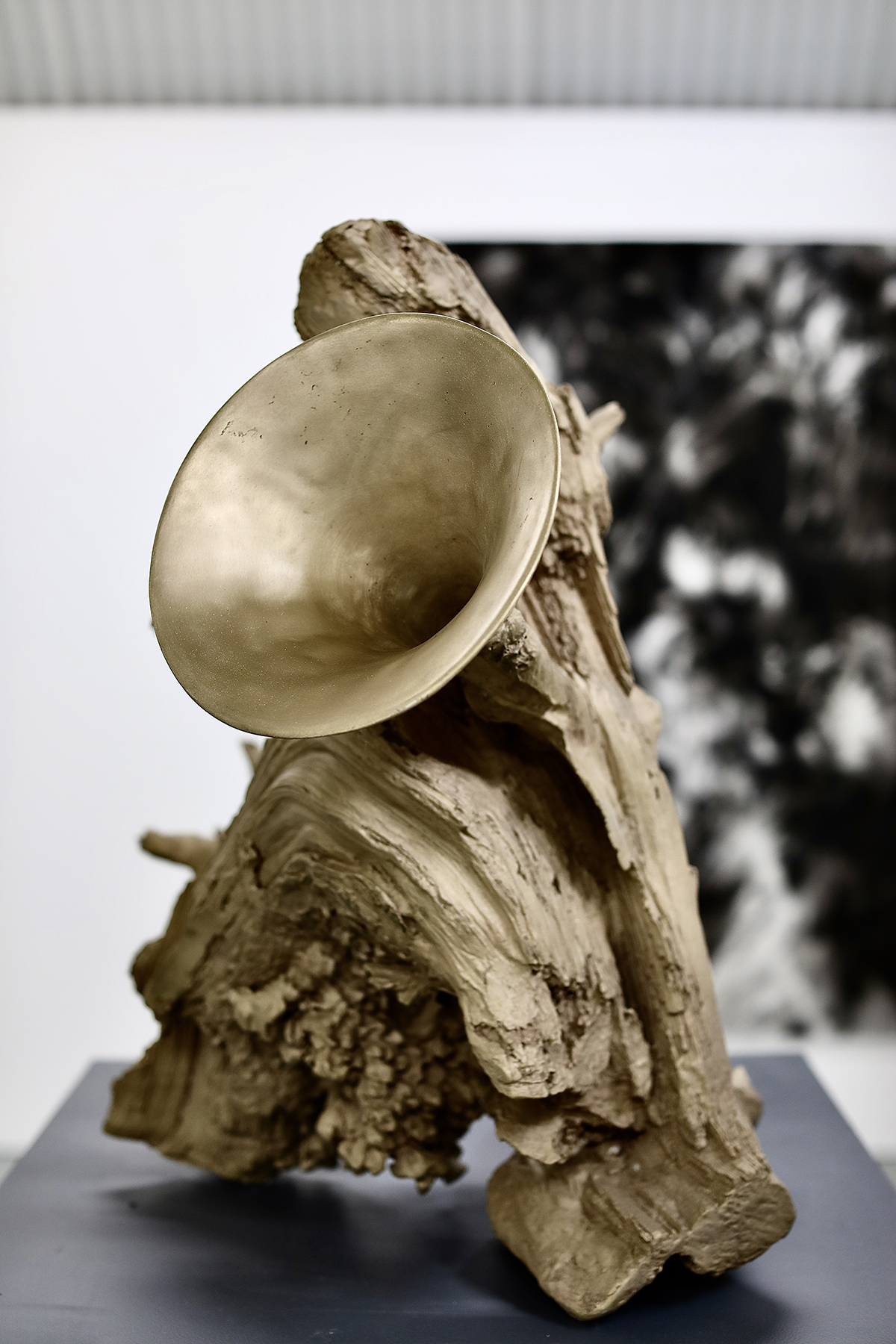
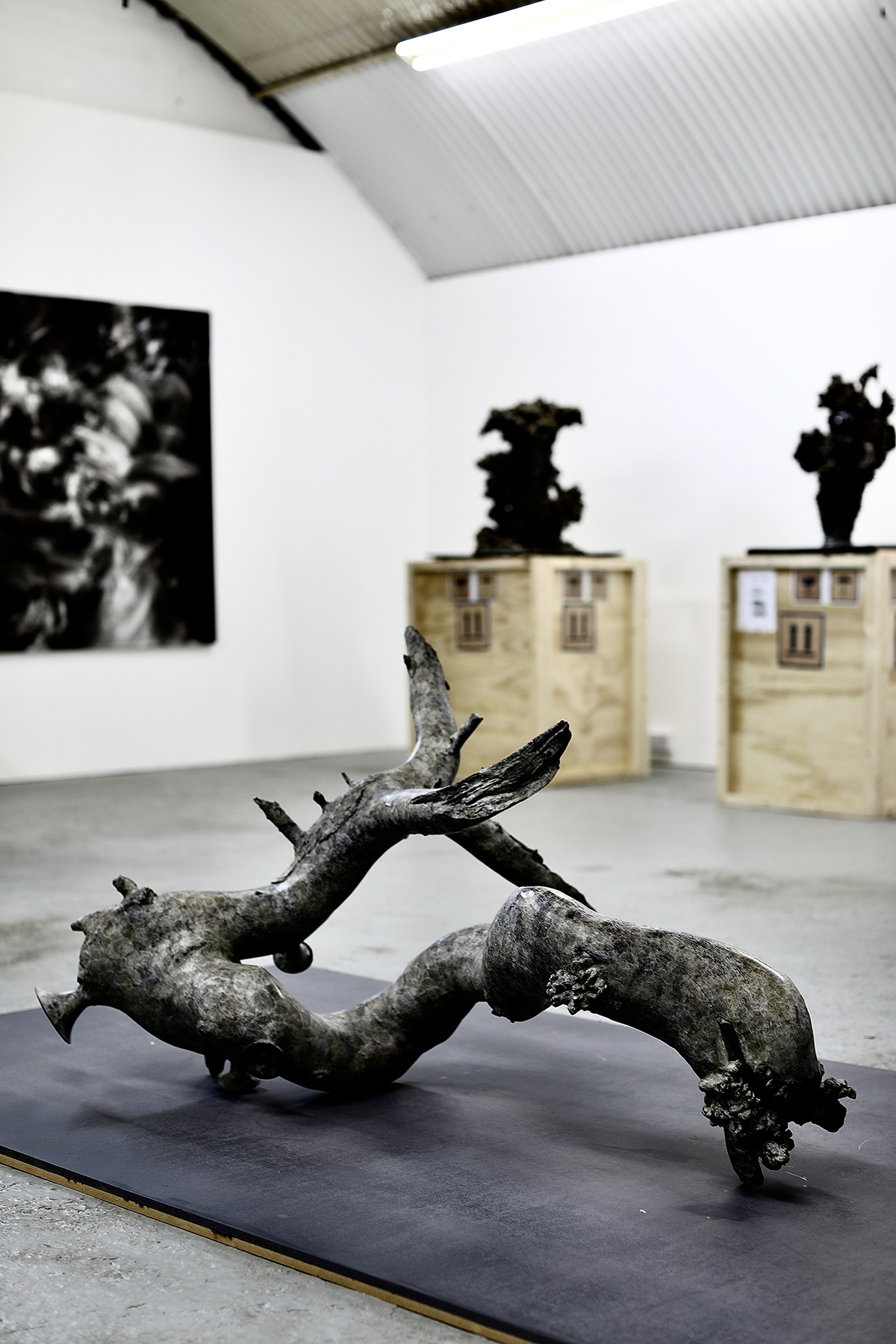
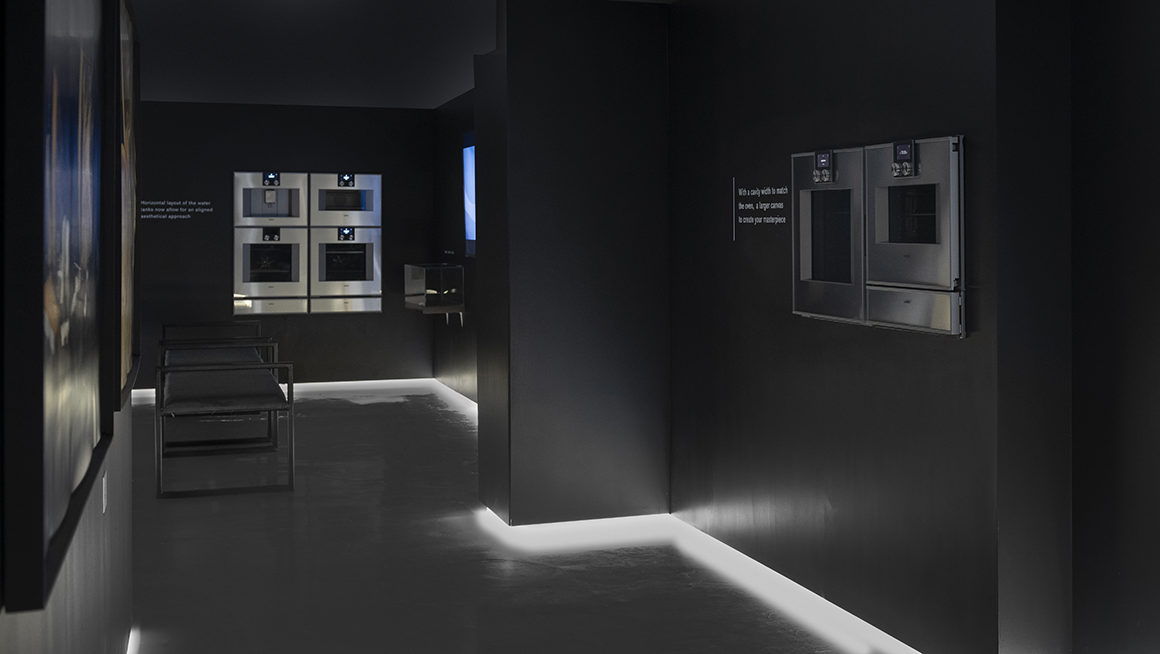
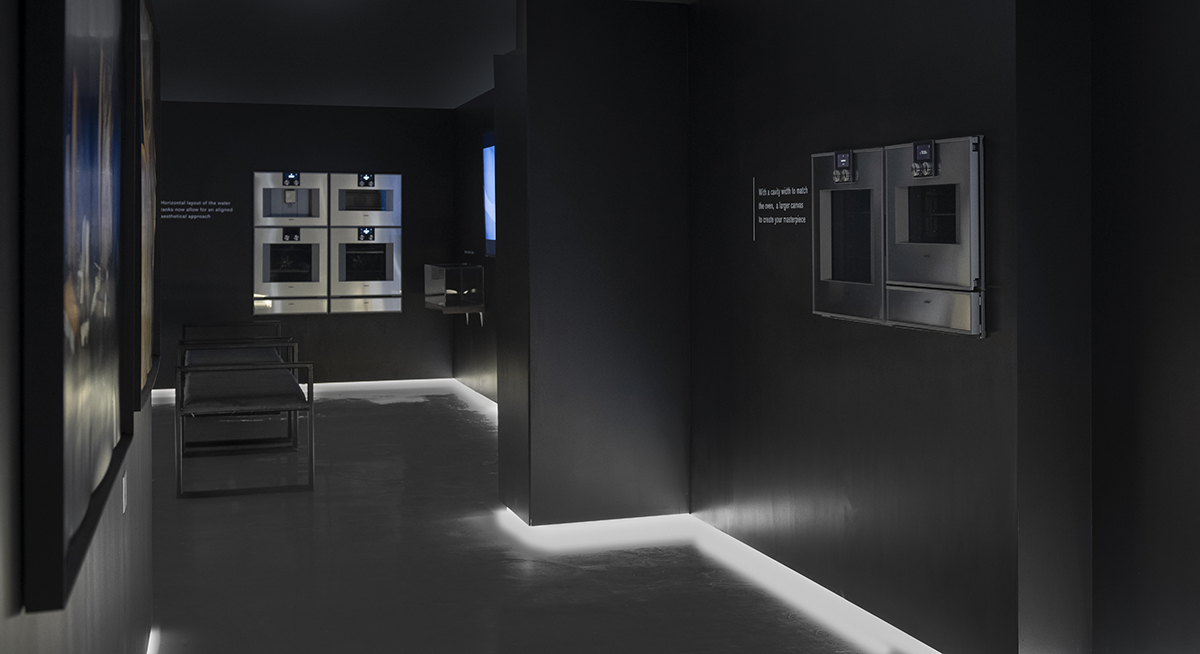
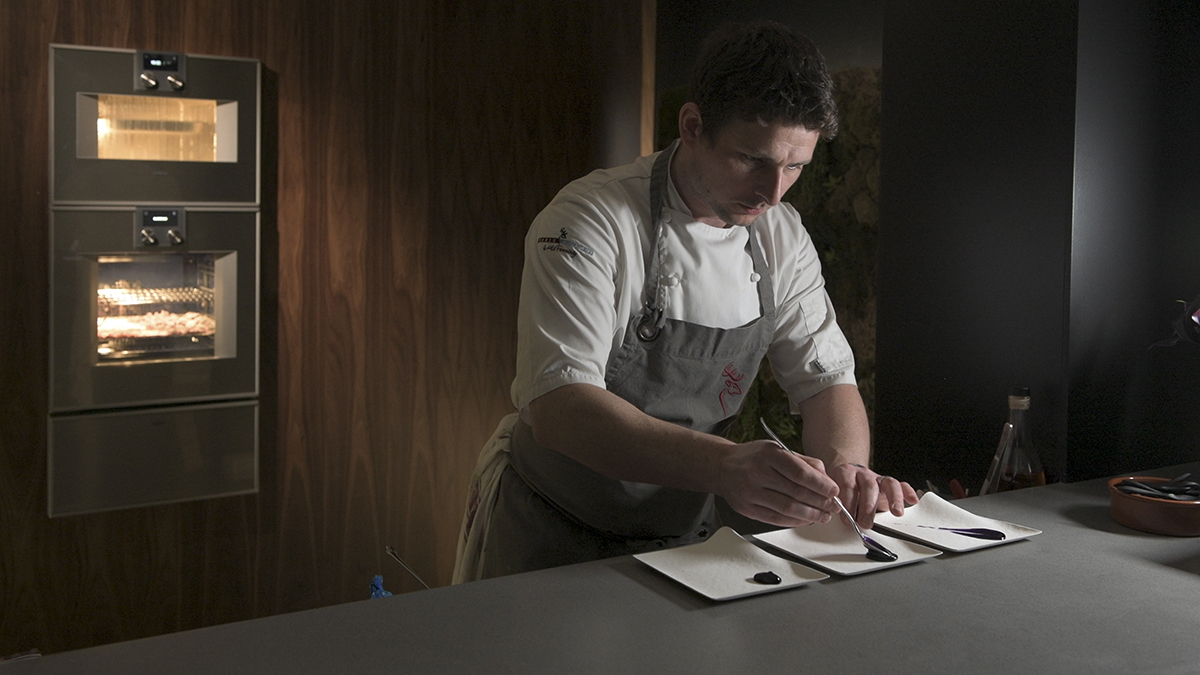
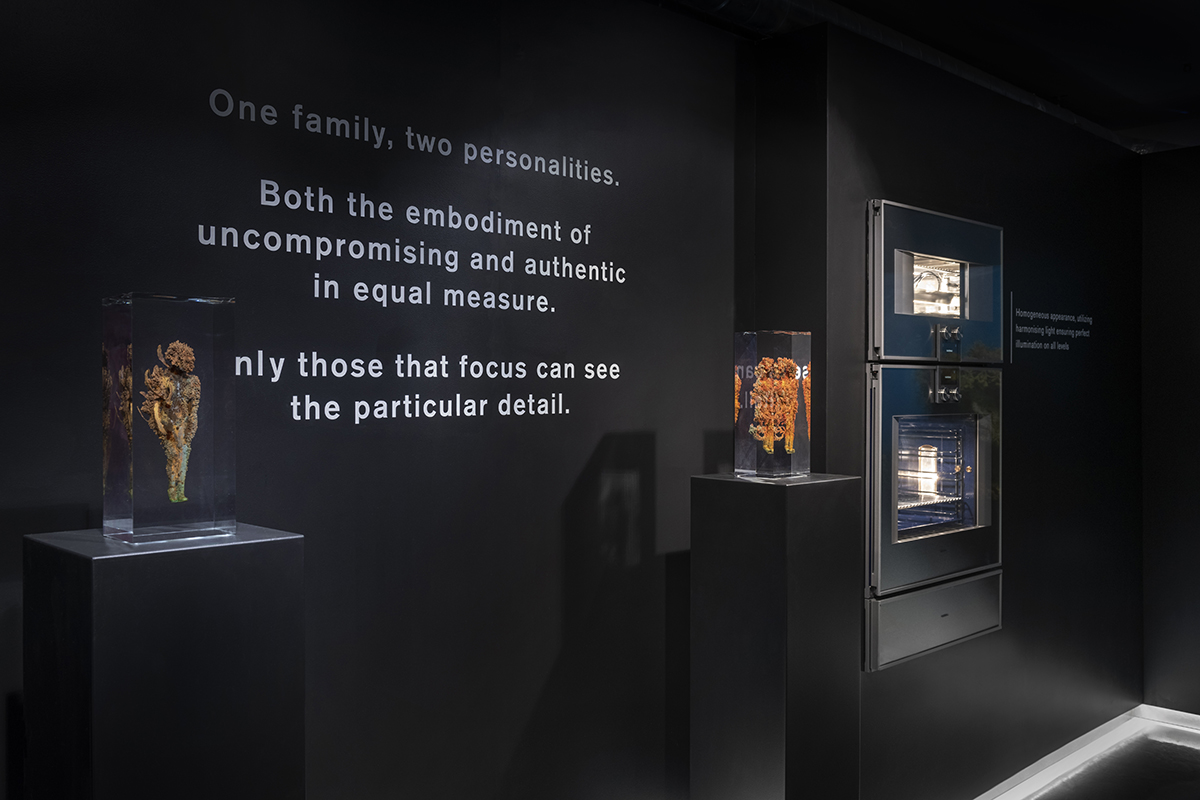
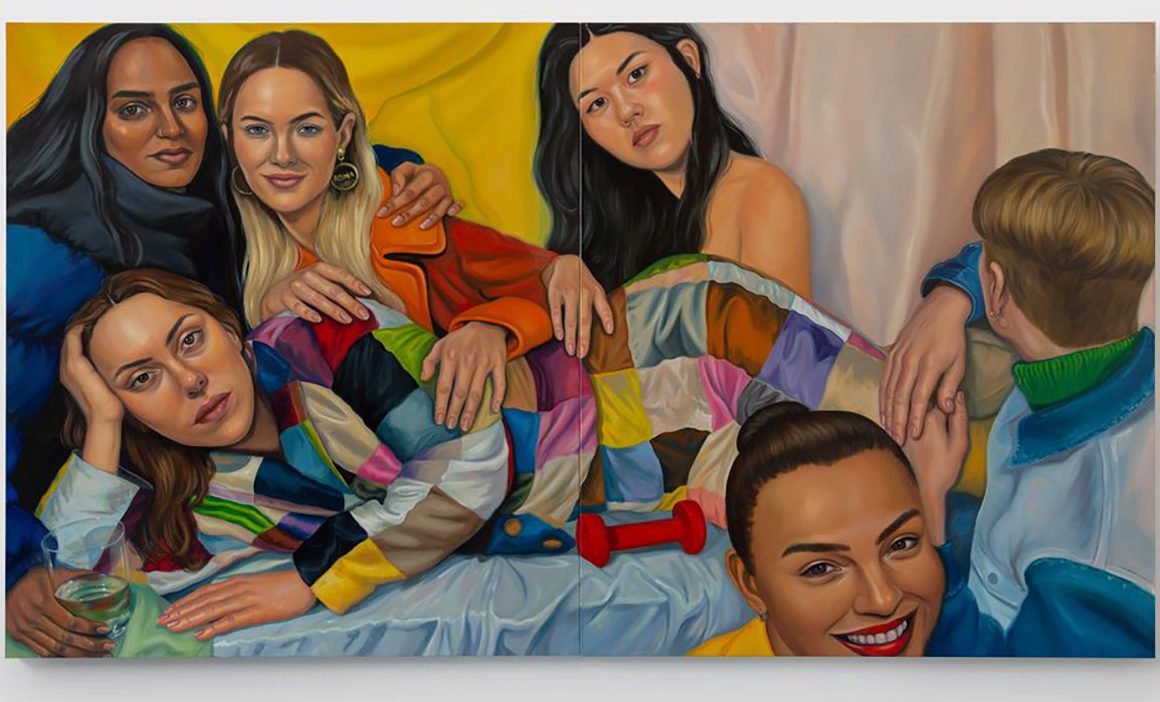
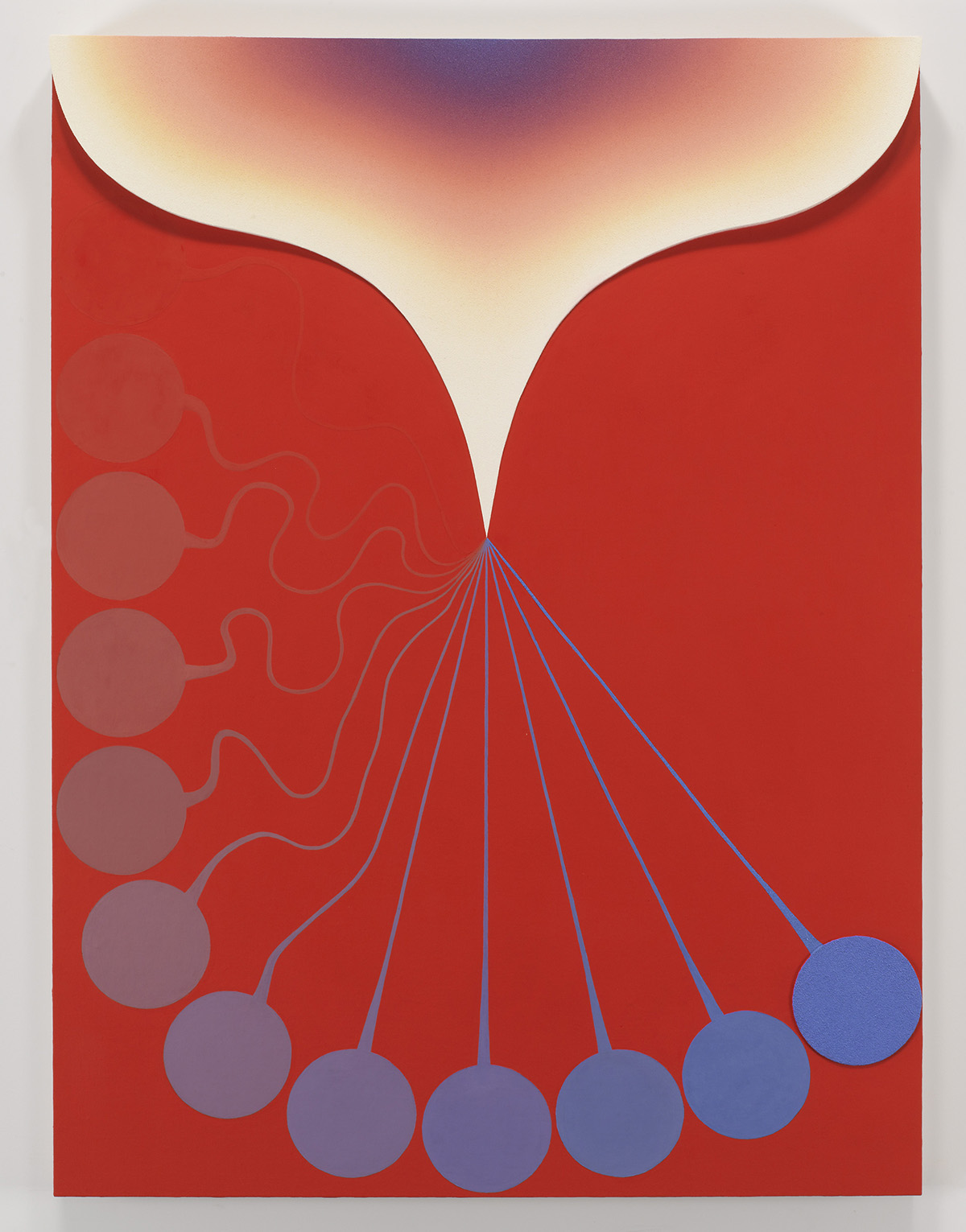
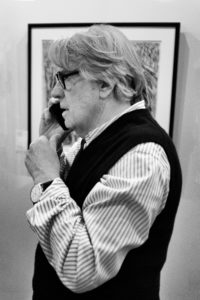
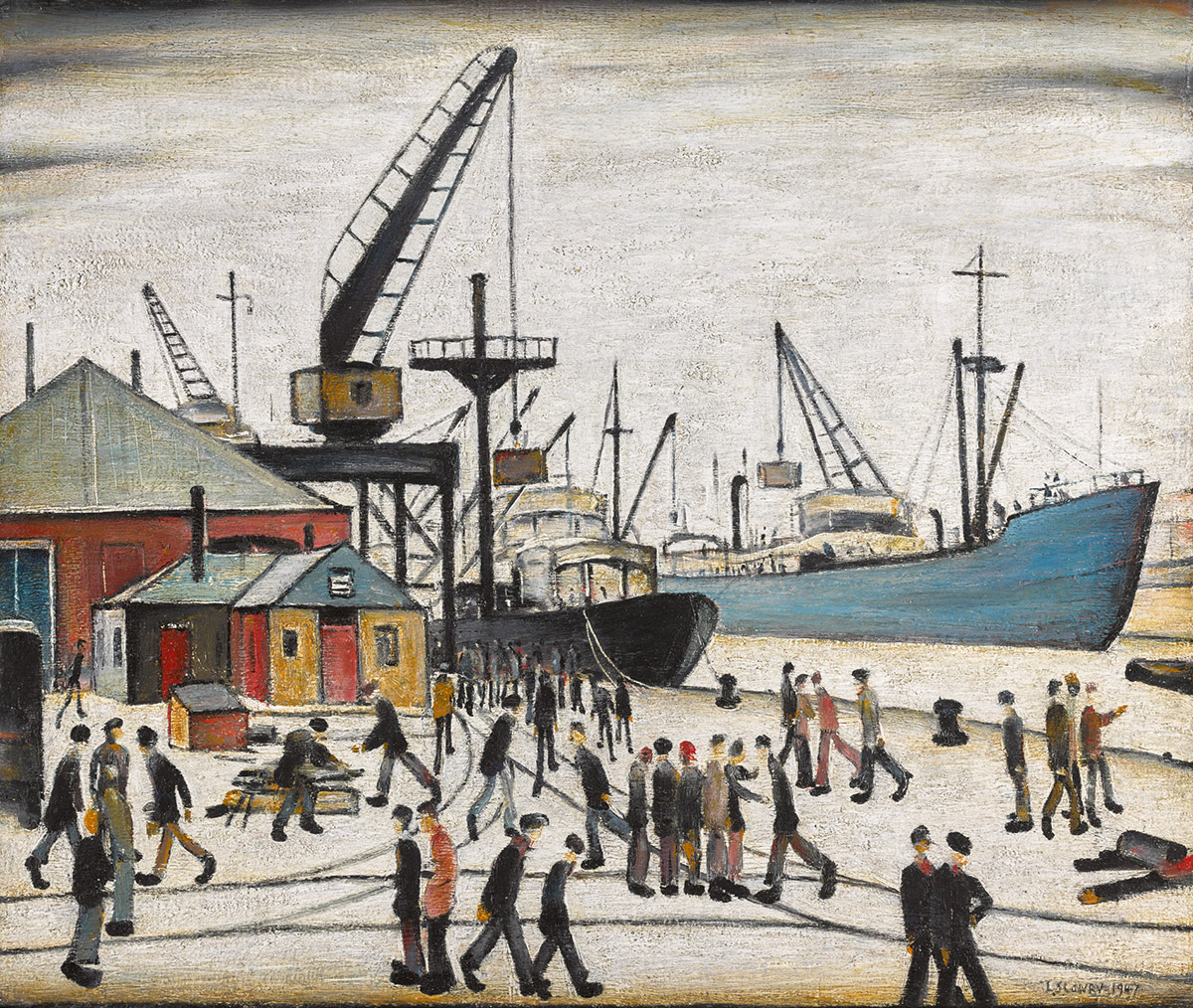
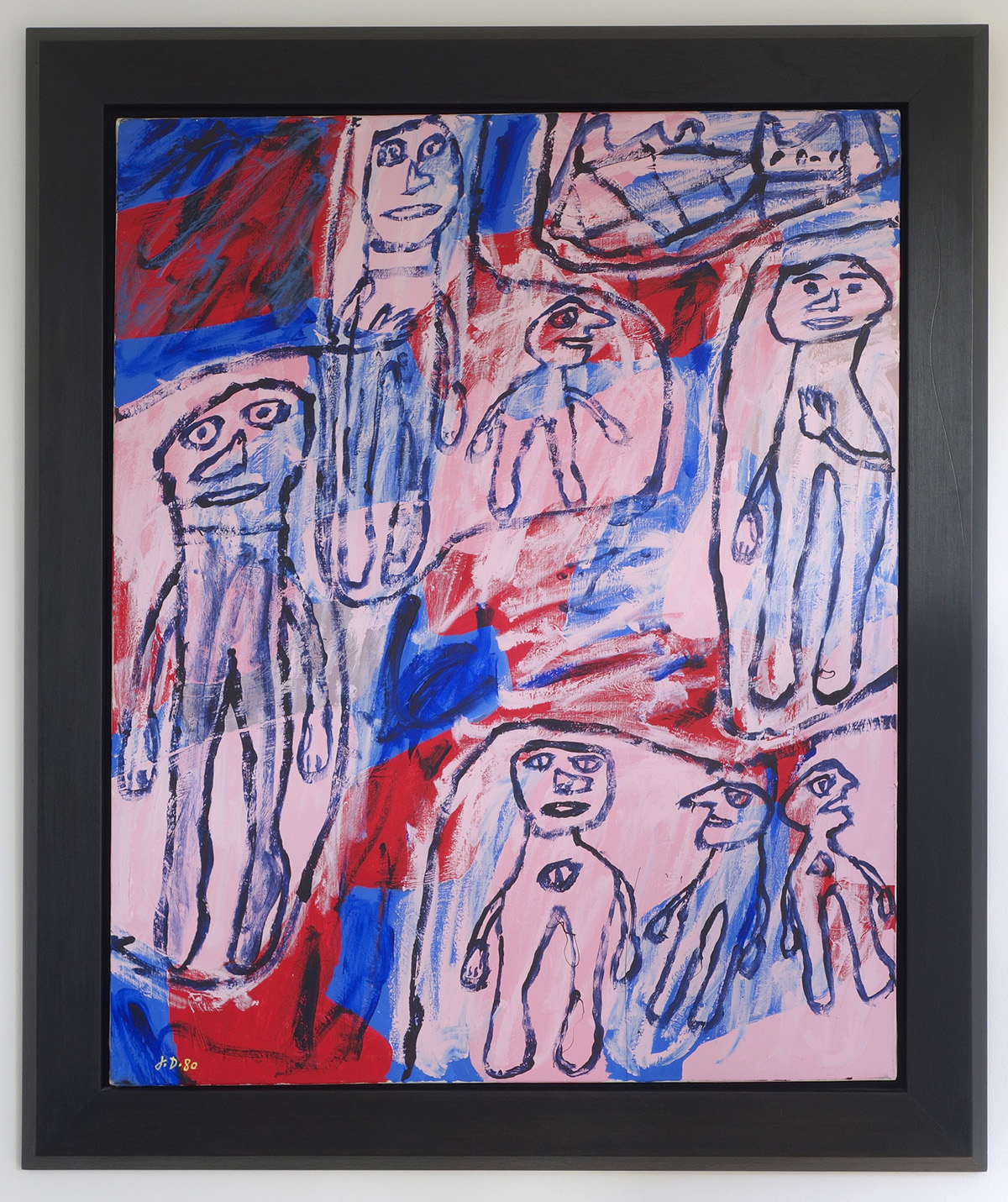
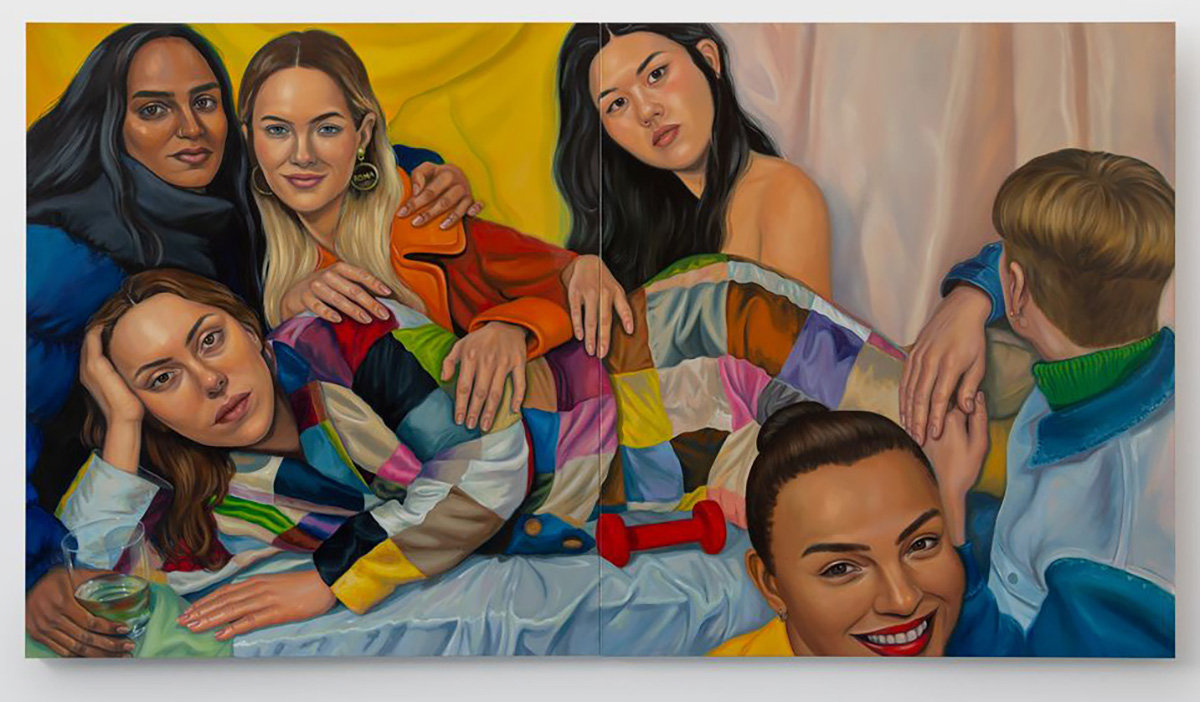
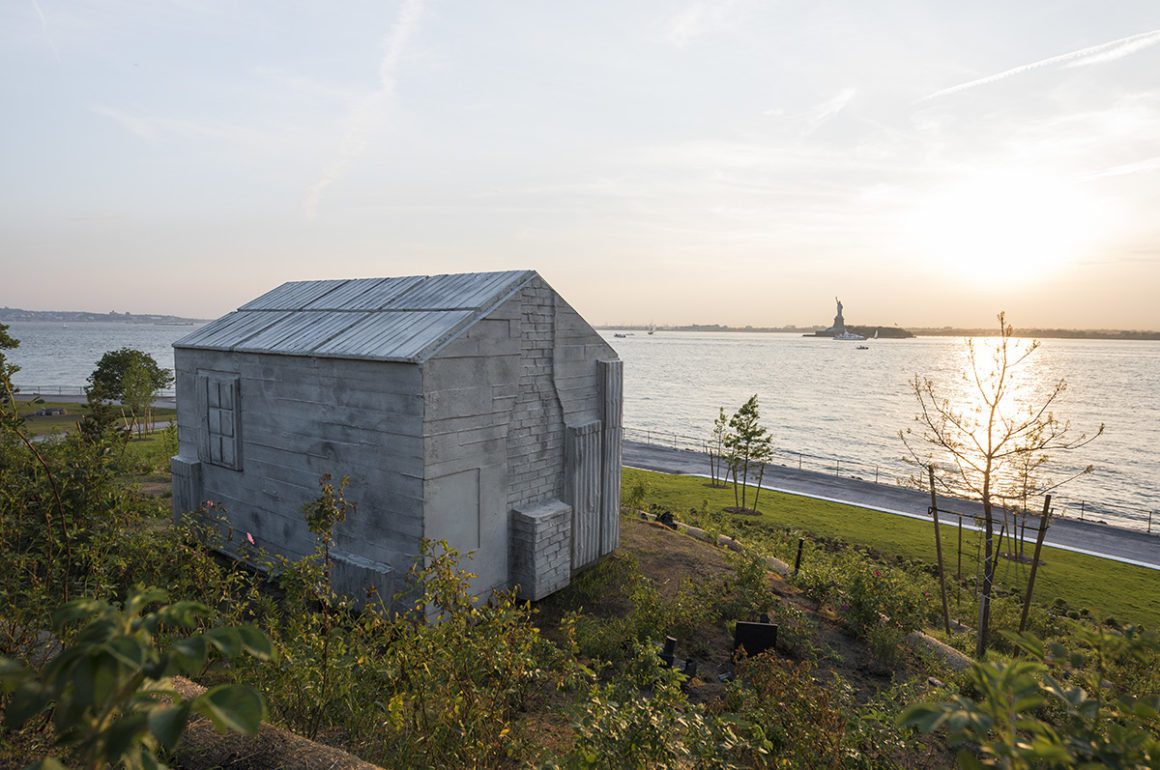
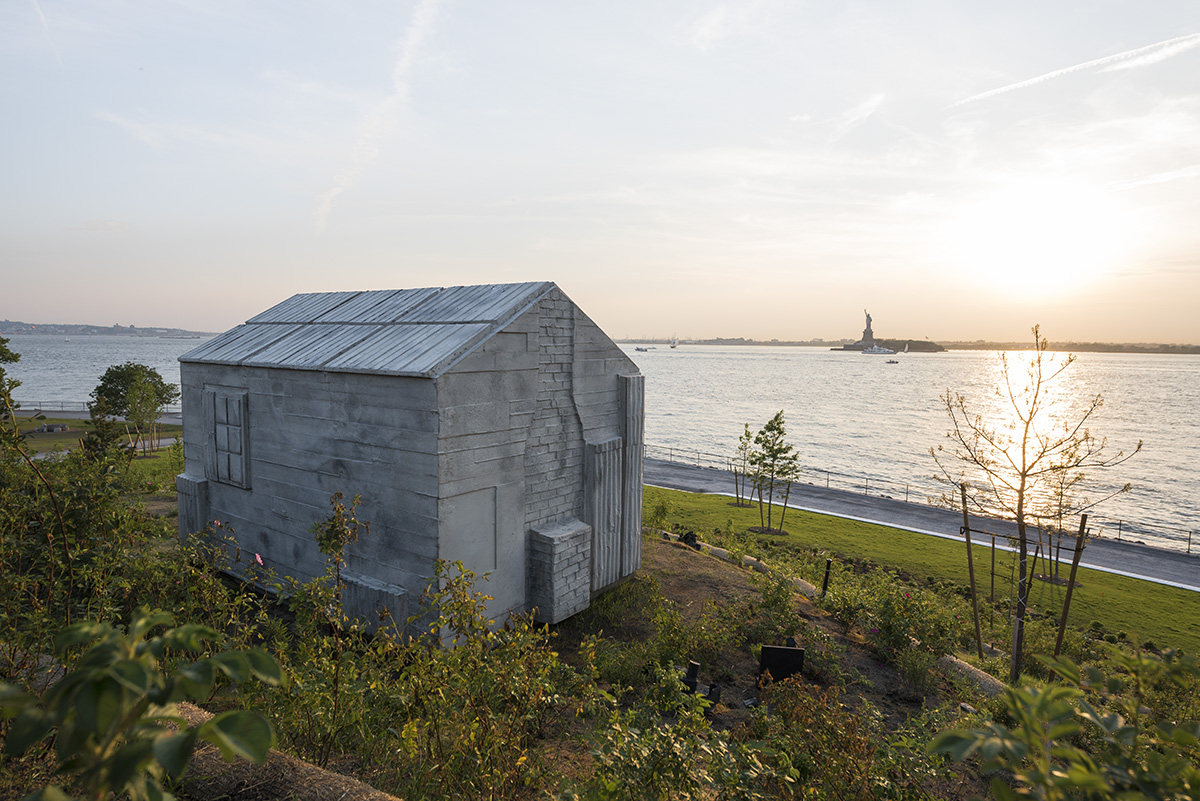
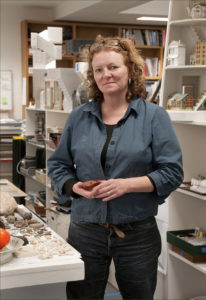
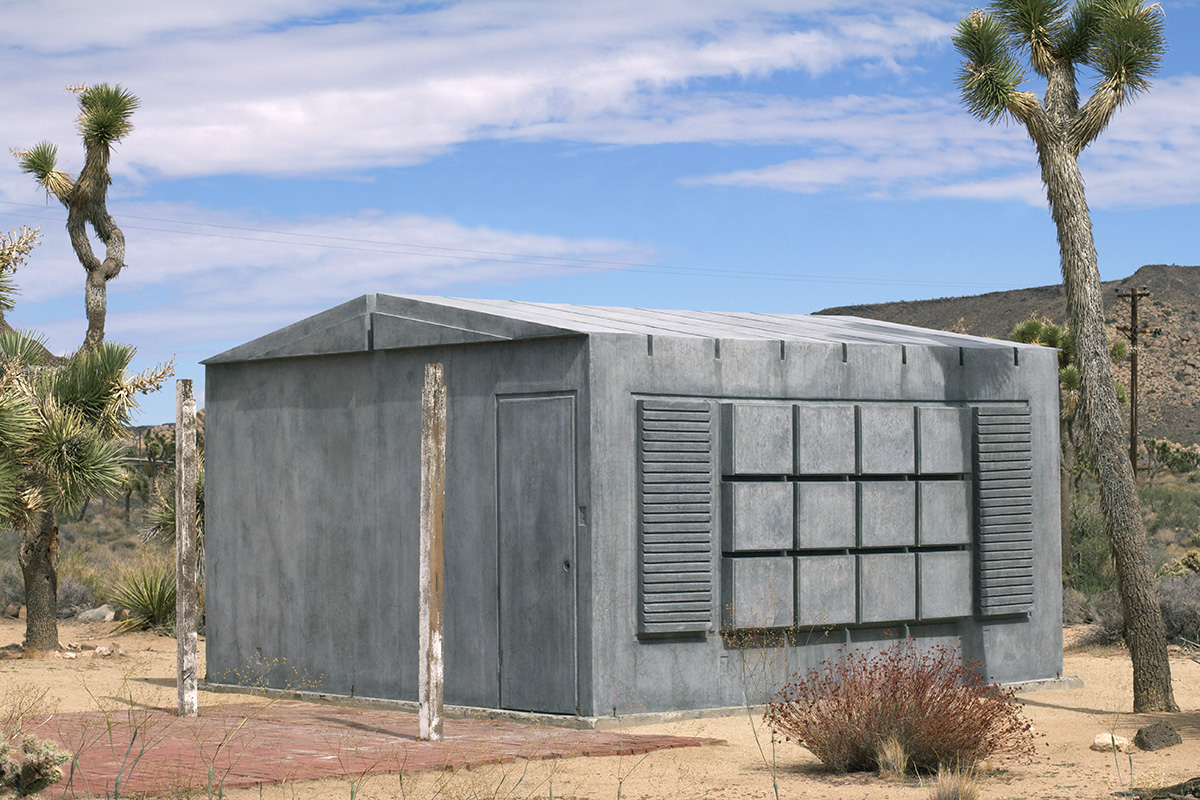
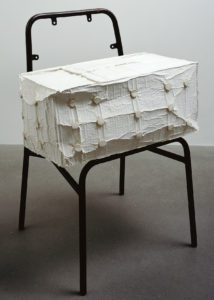
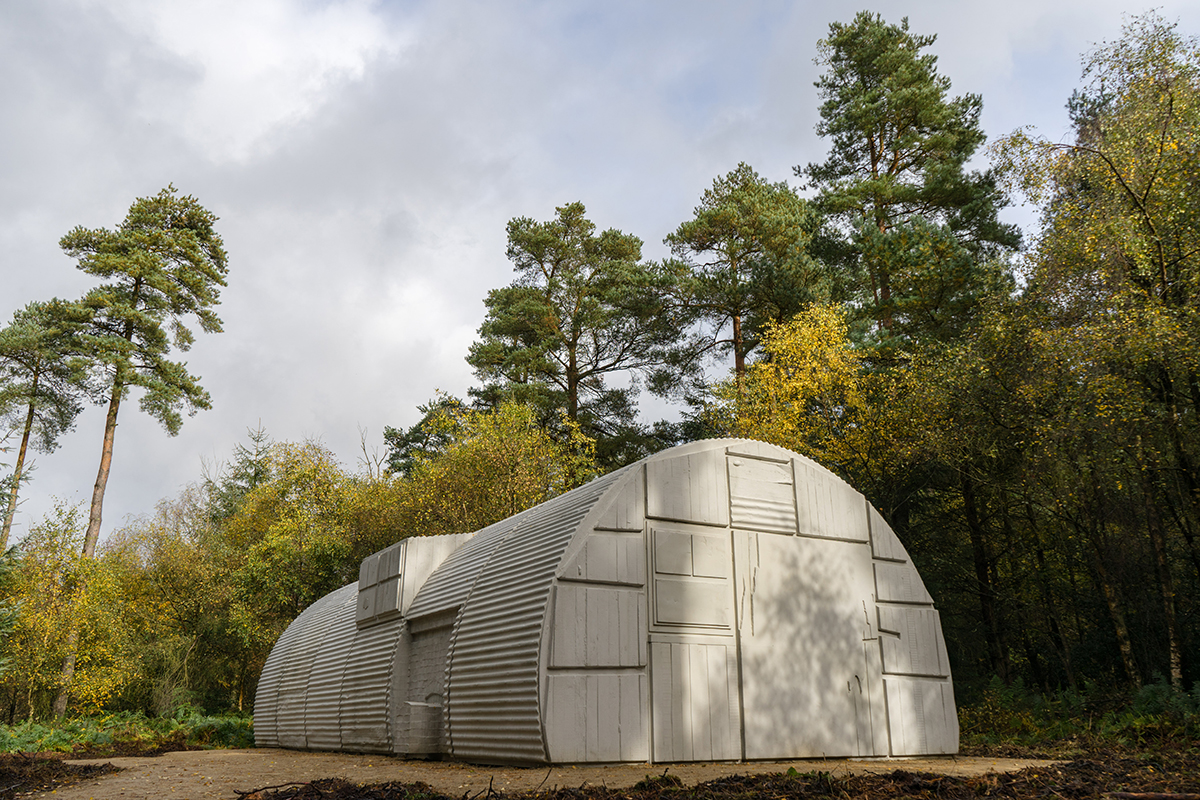
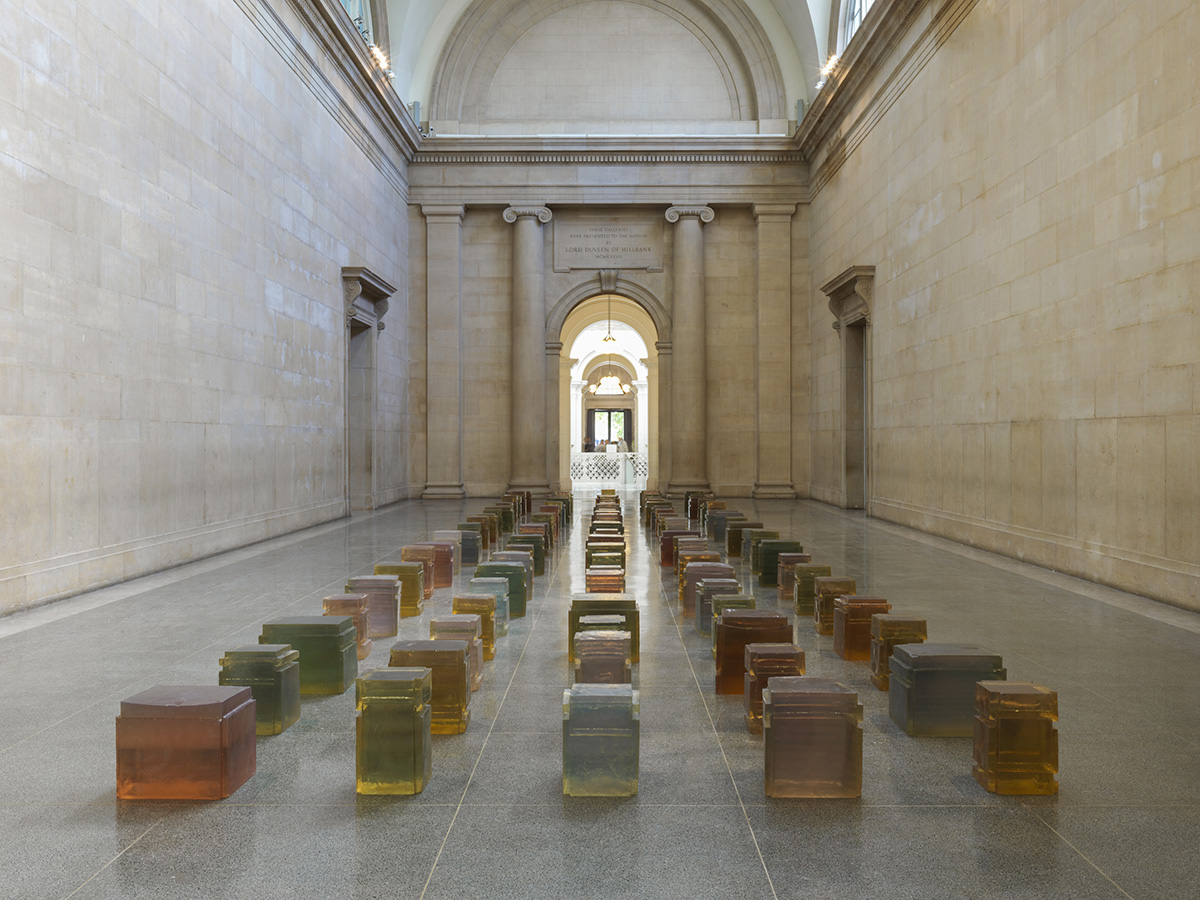
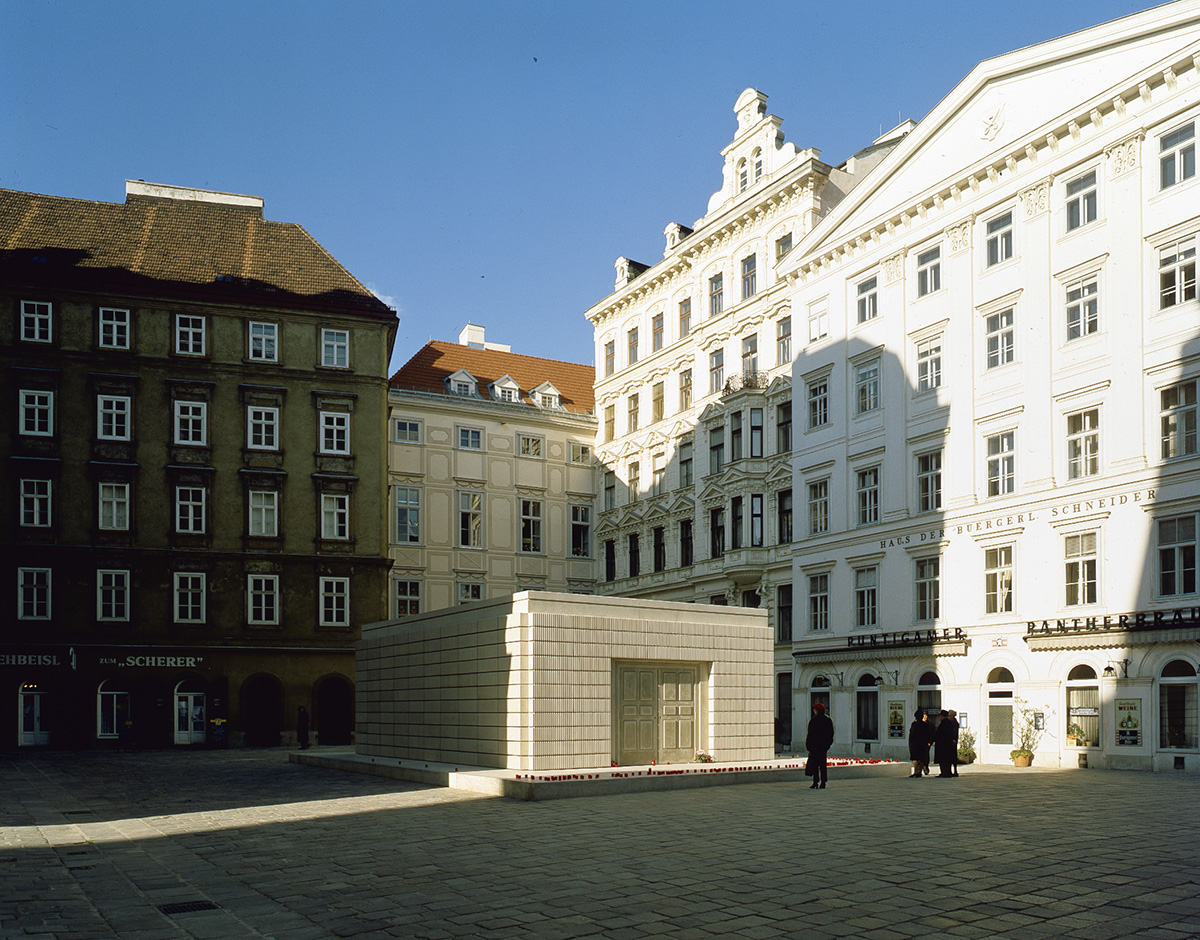
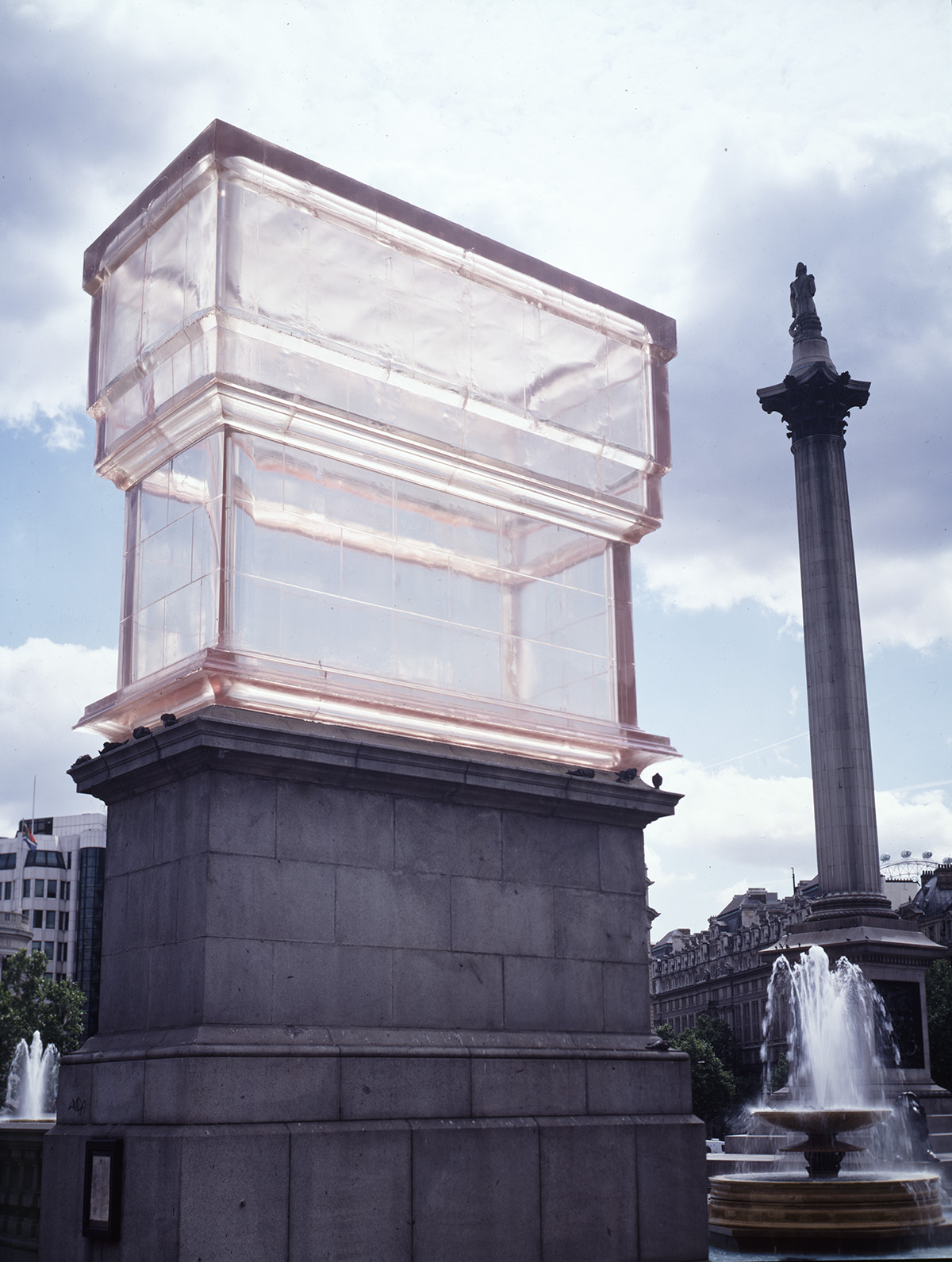
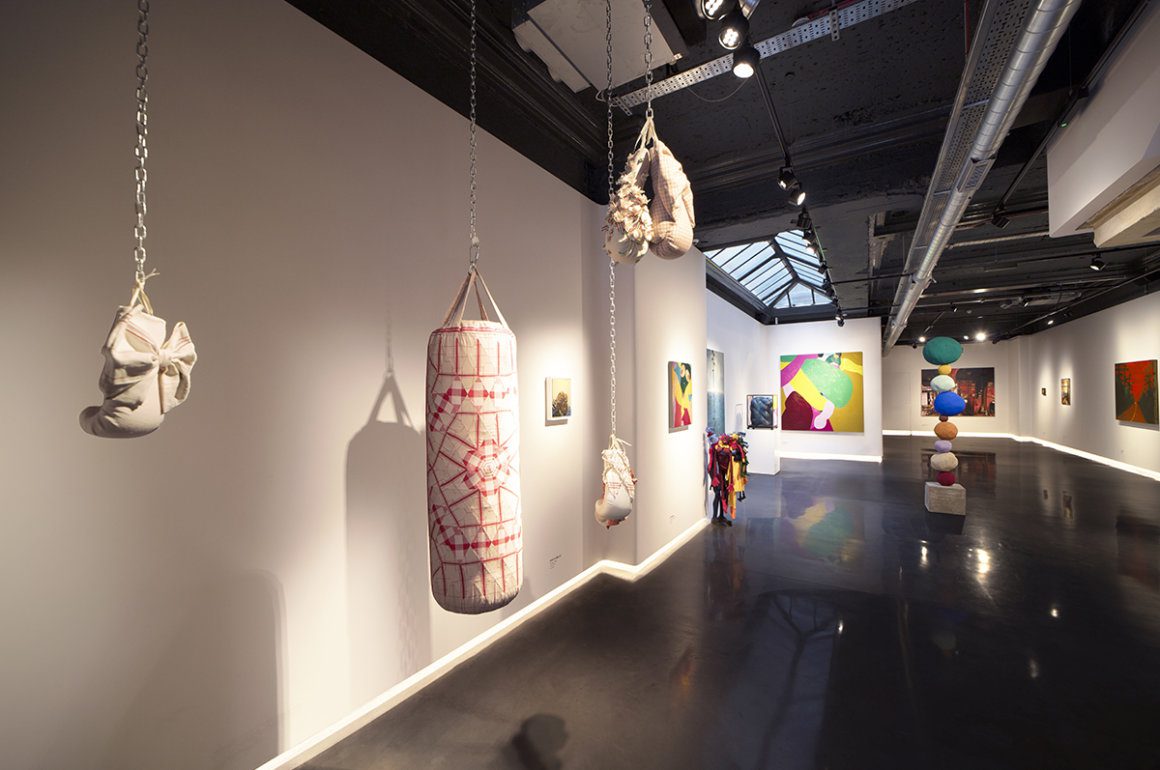
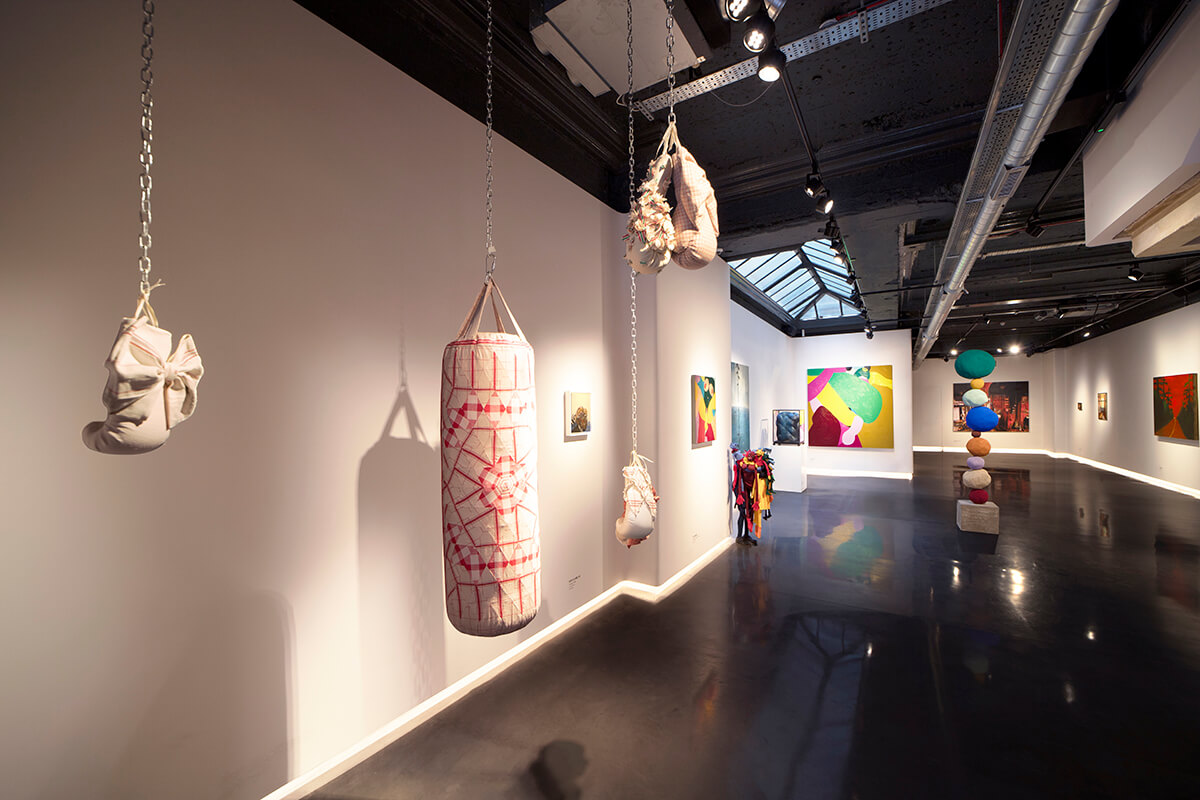
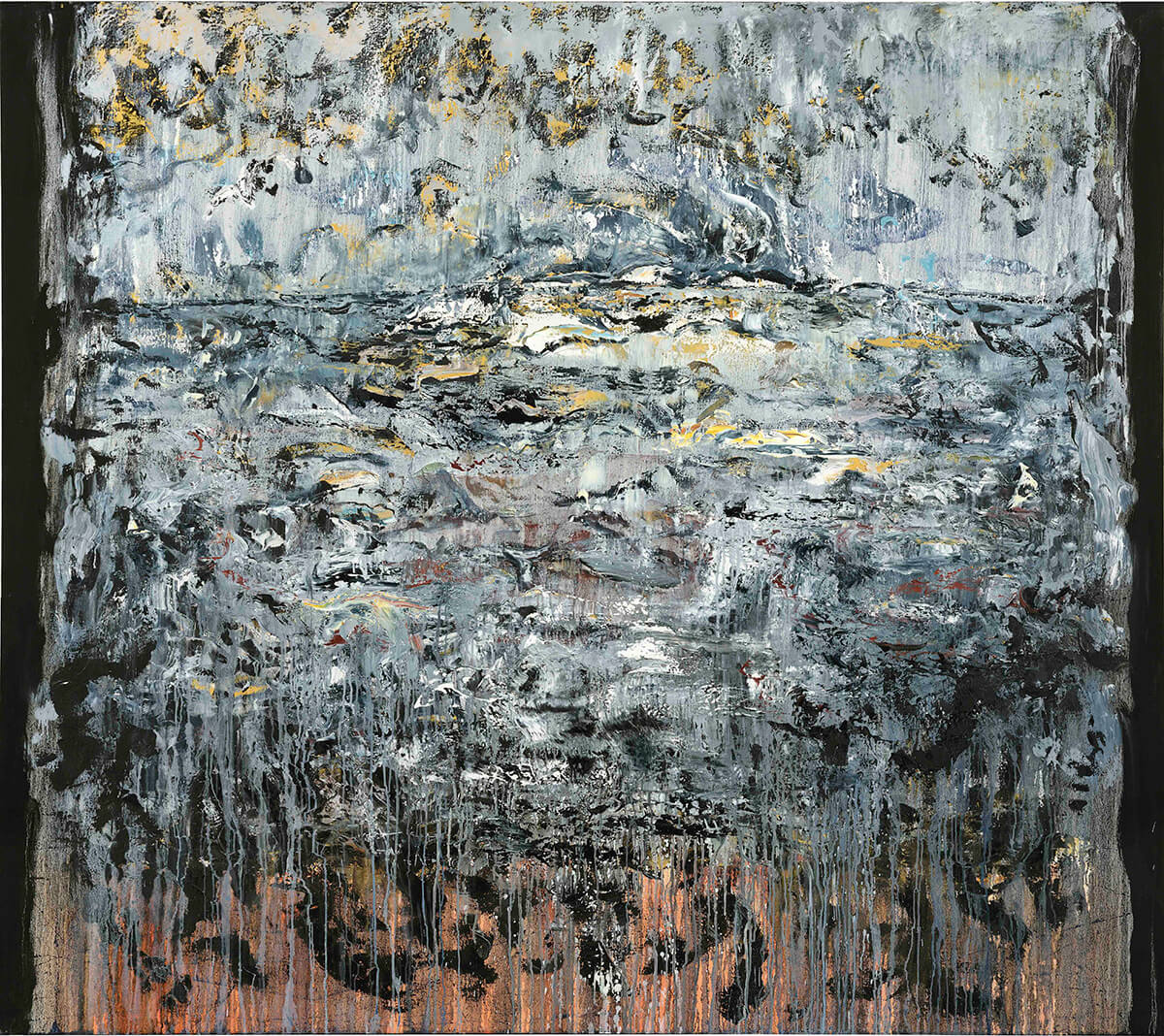
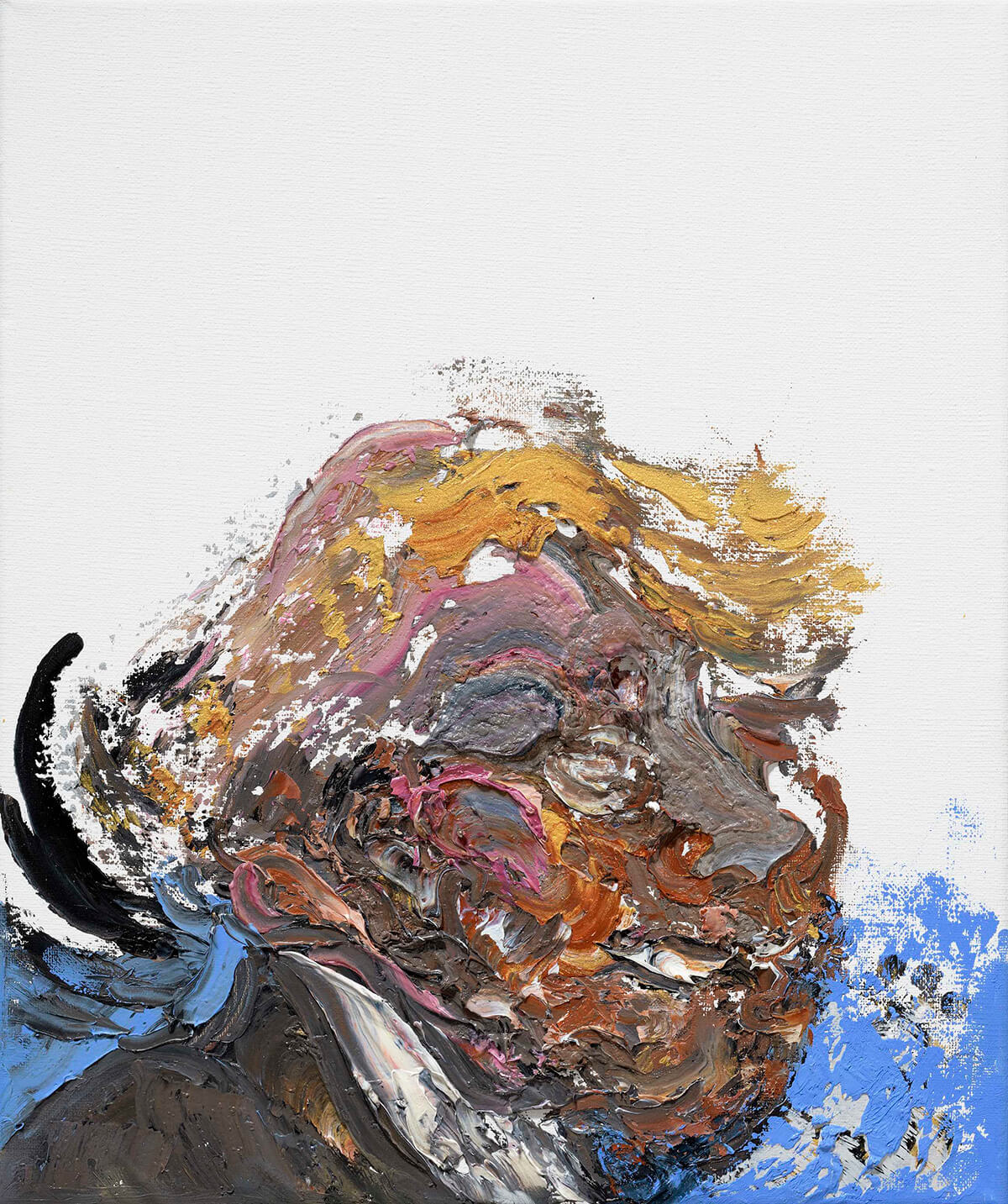
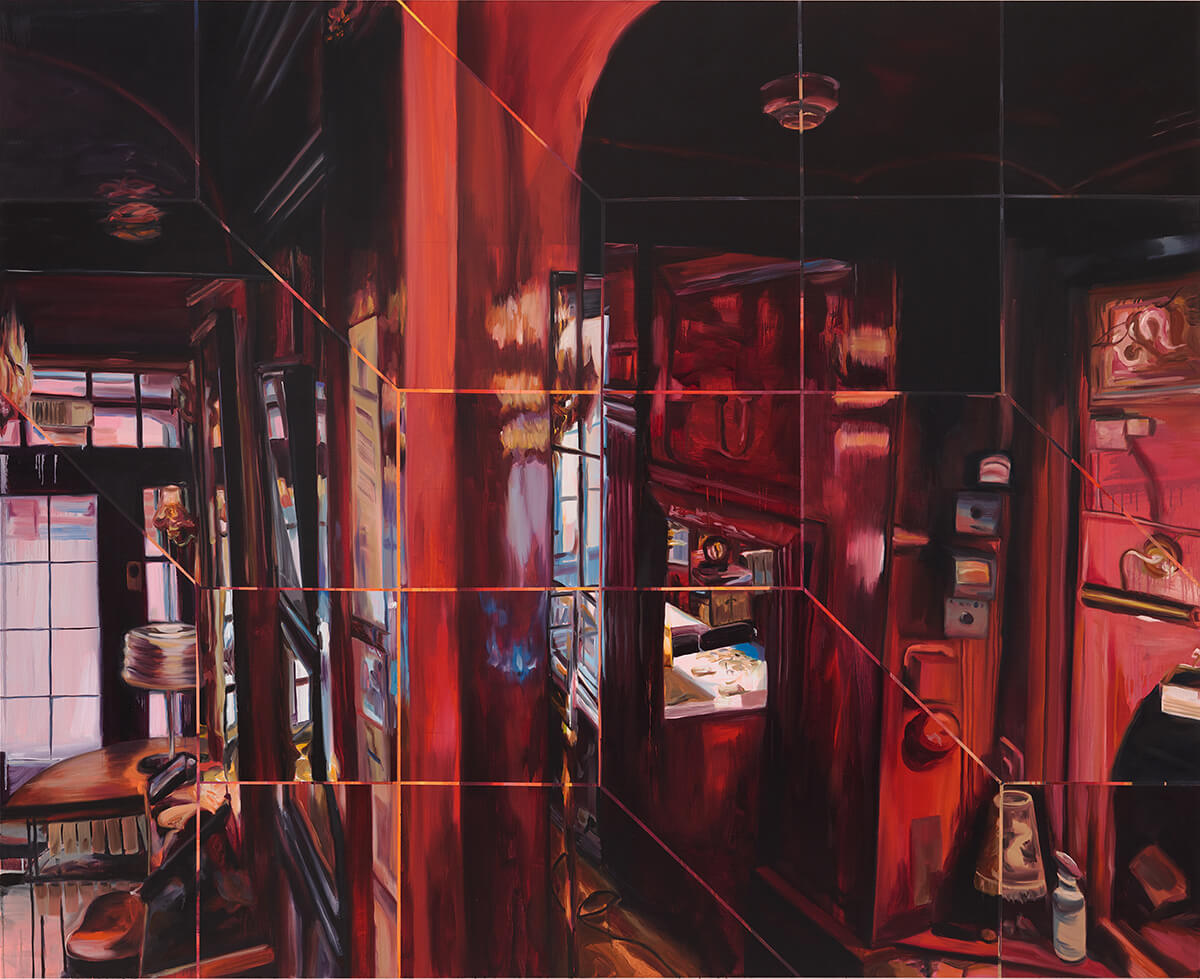
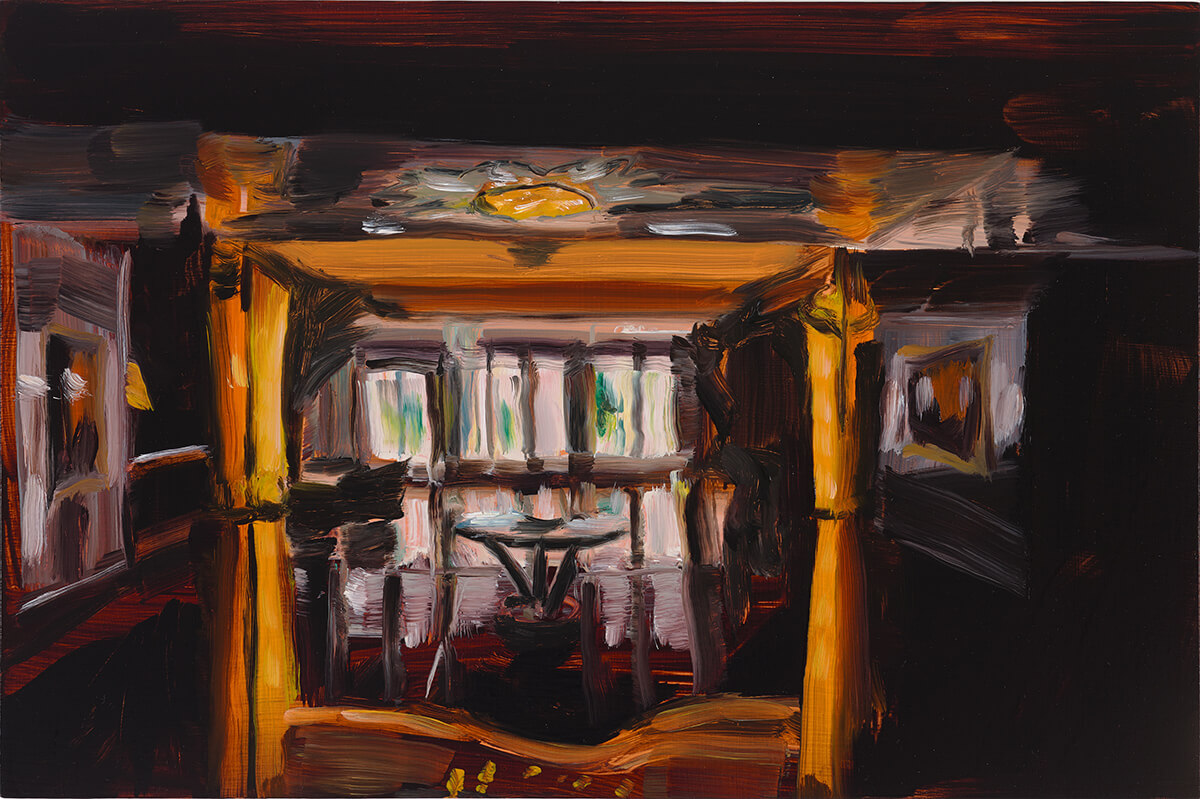
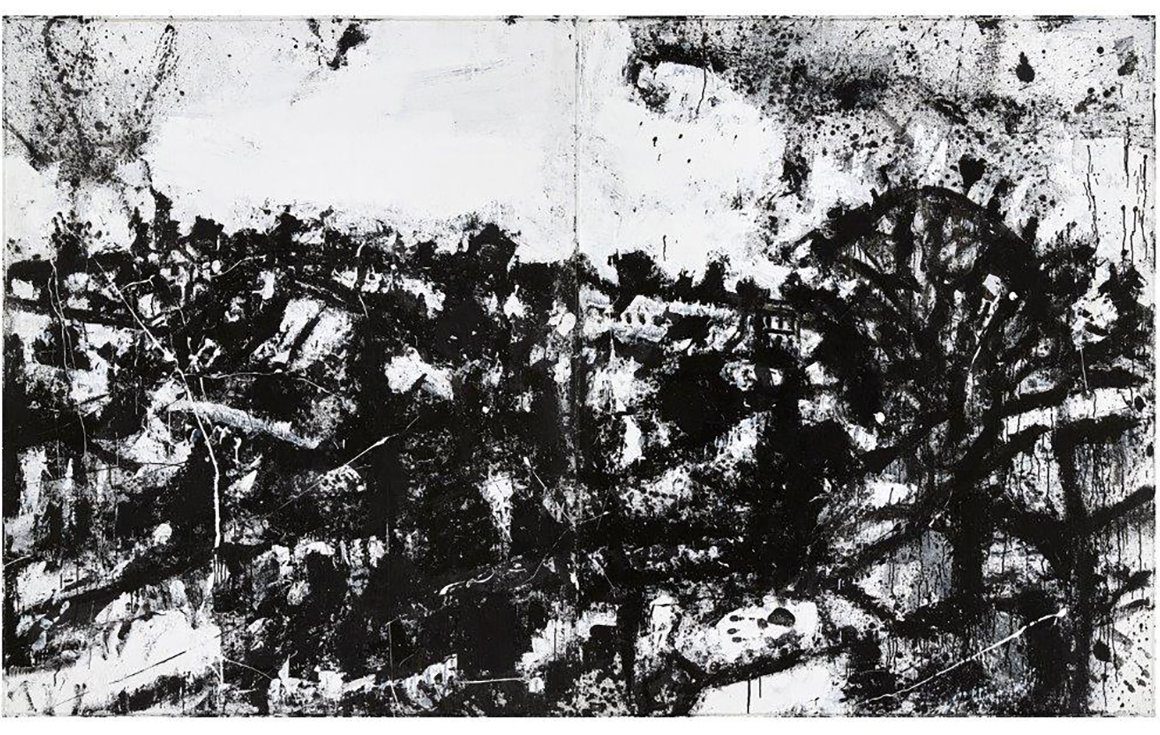
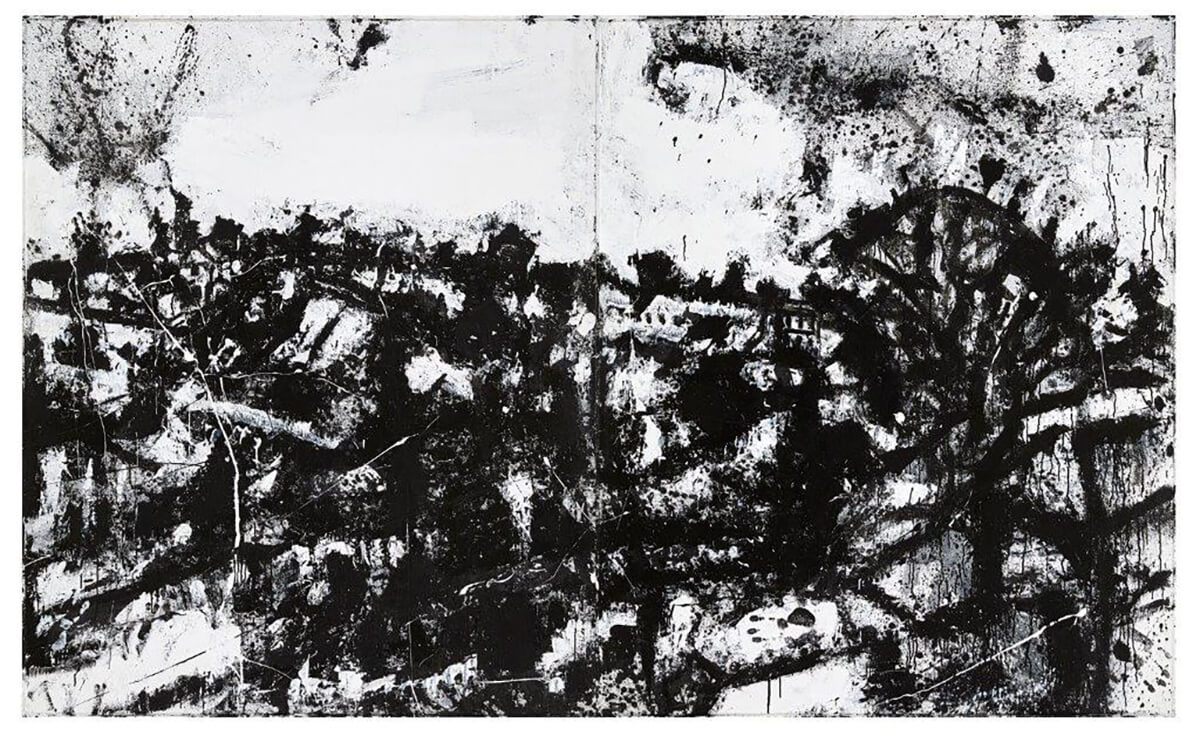
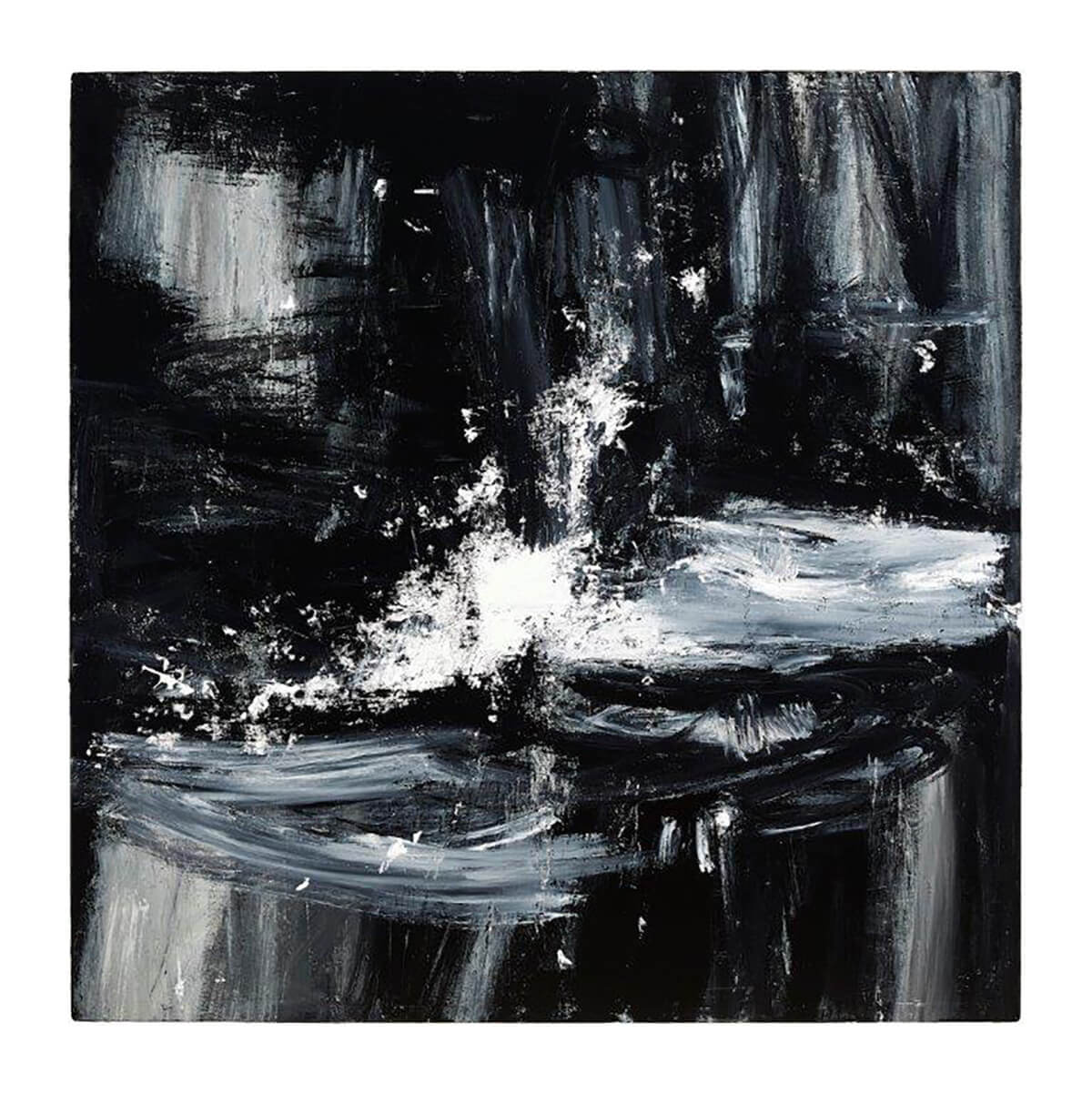
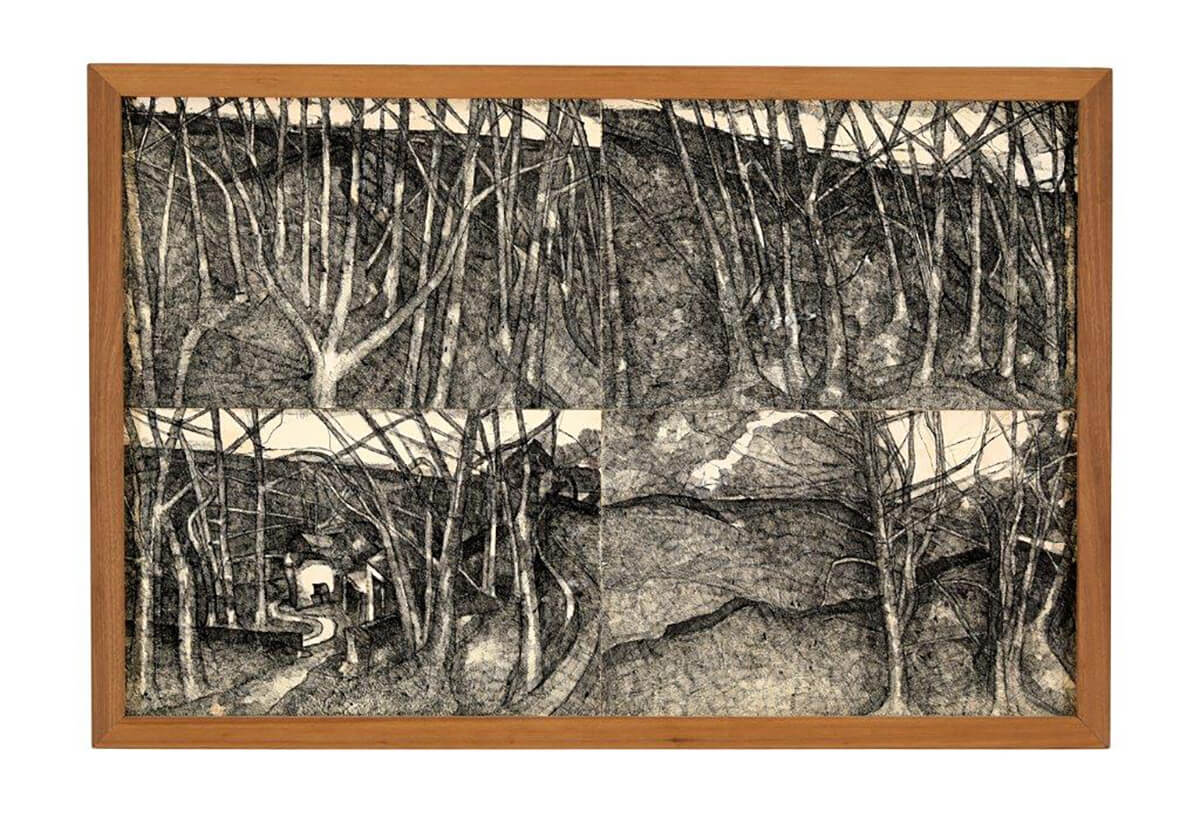





Recent Comments